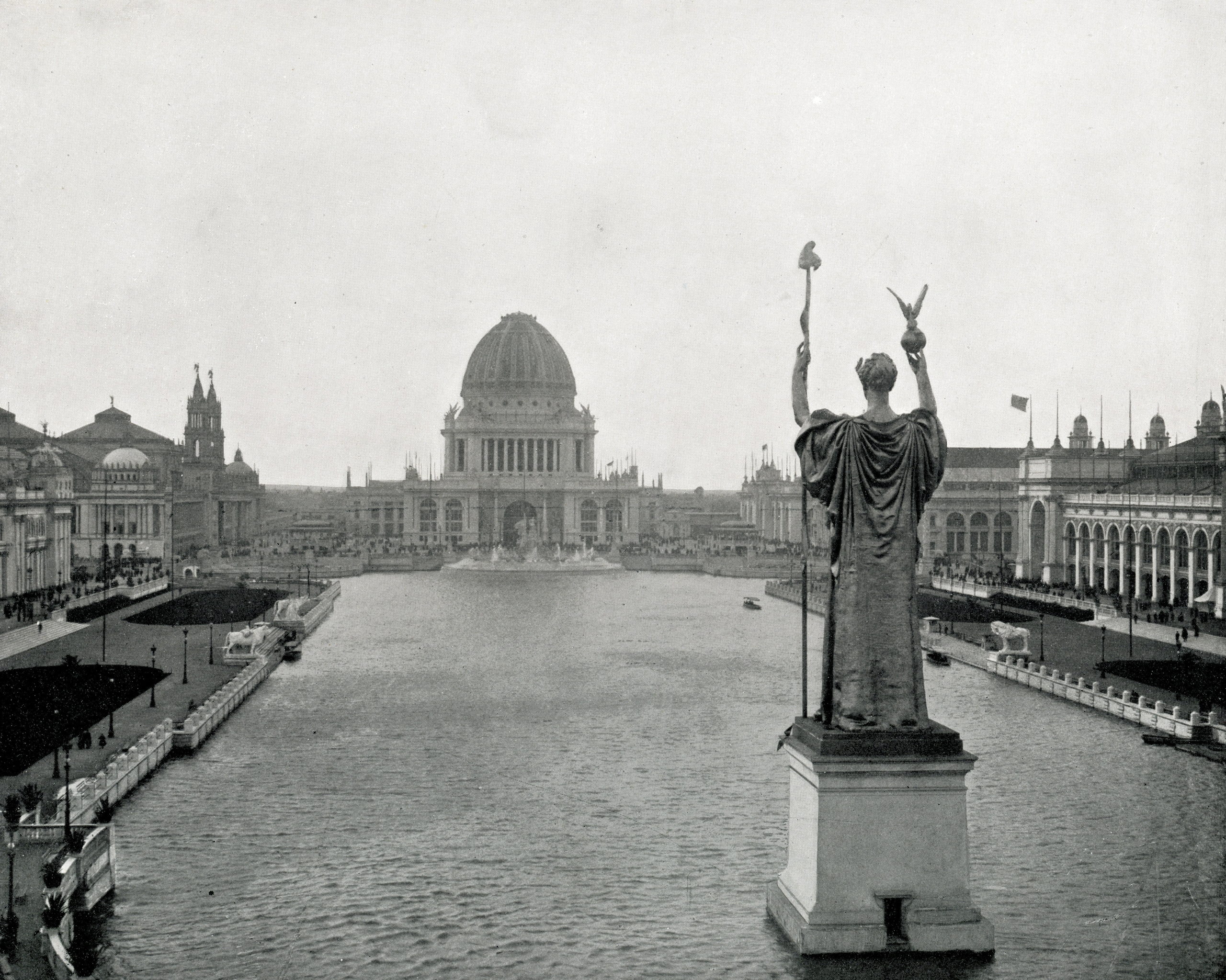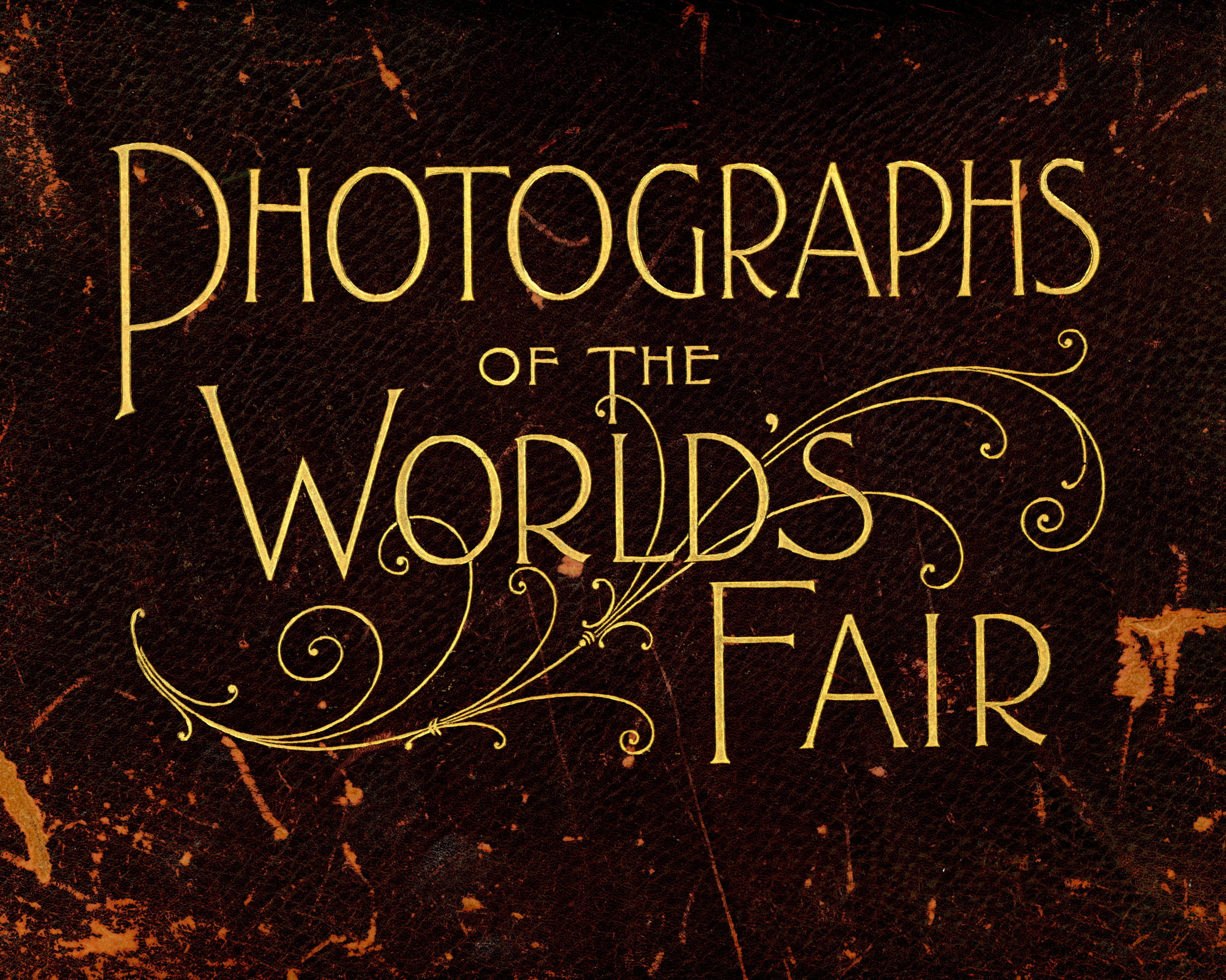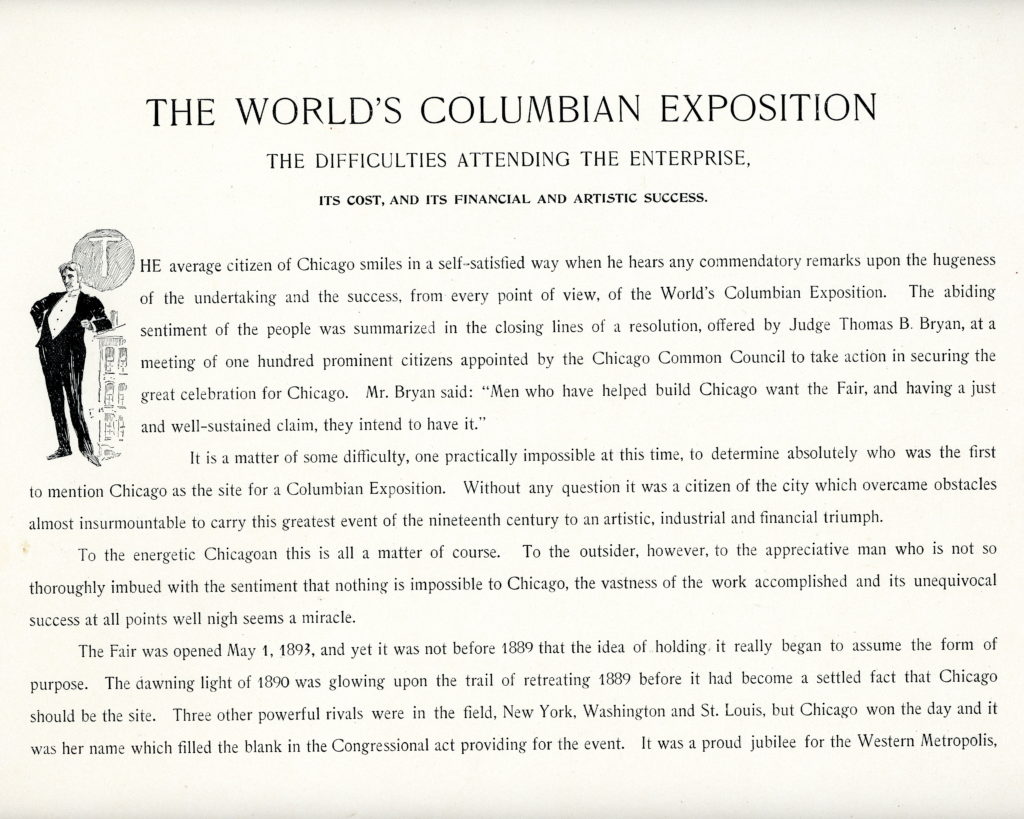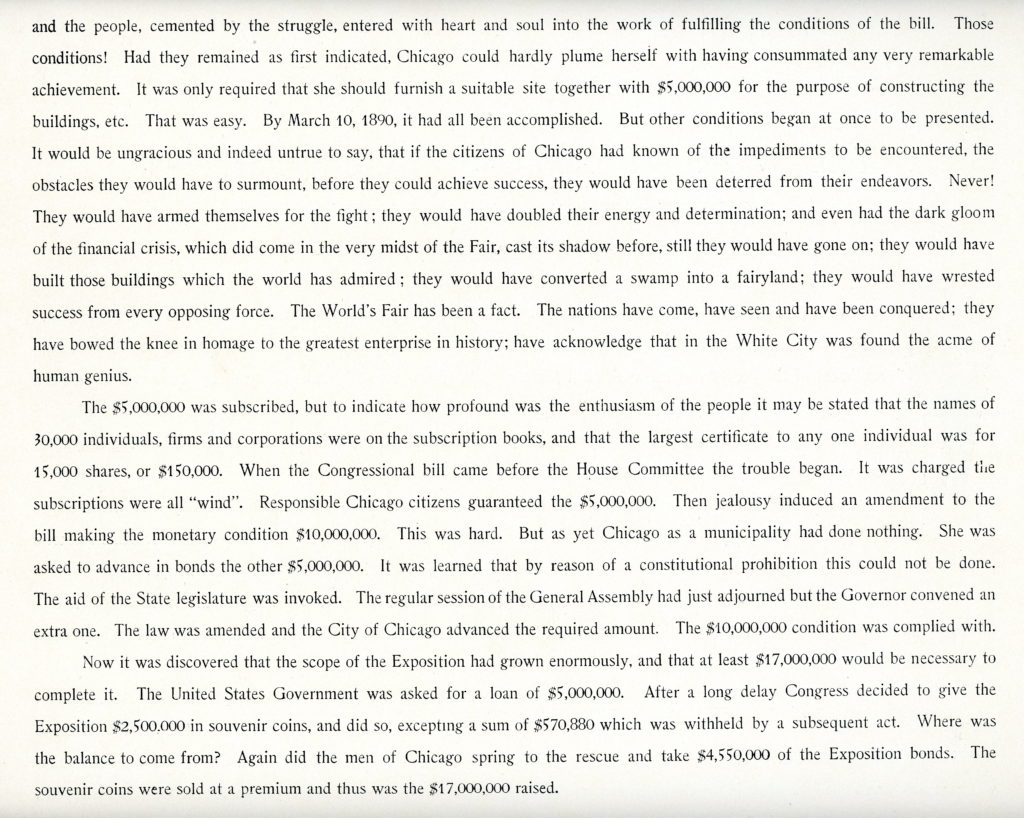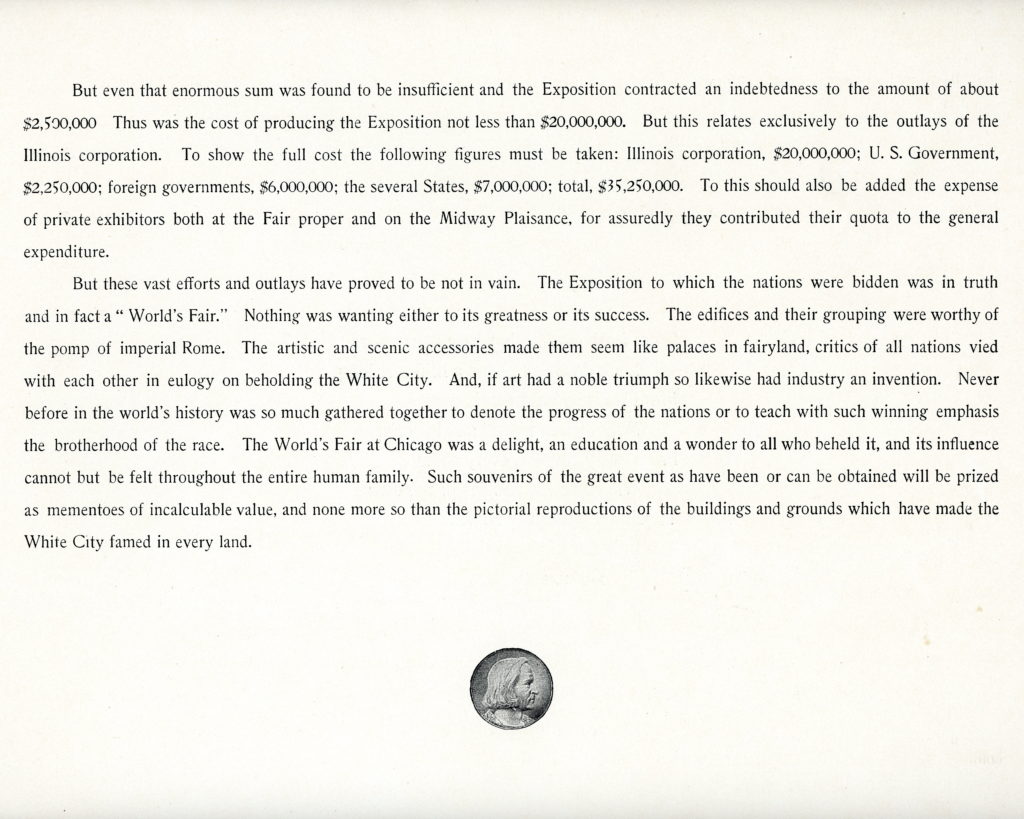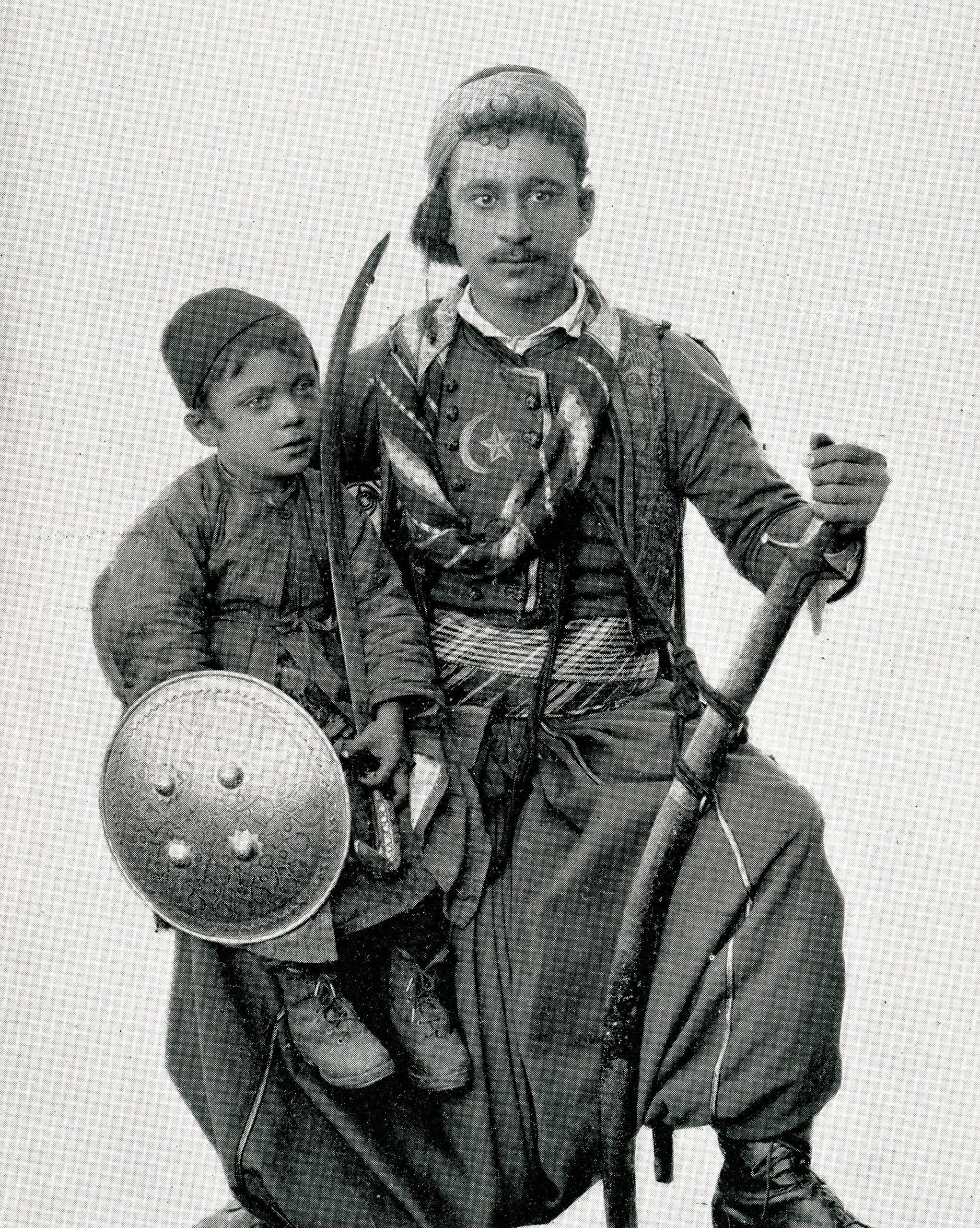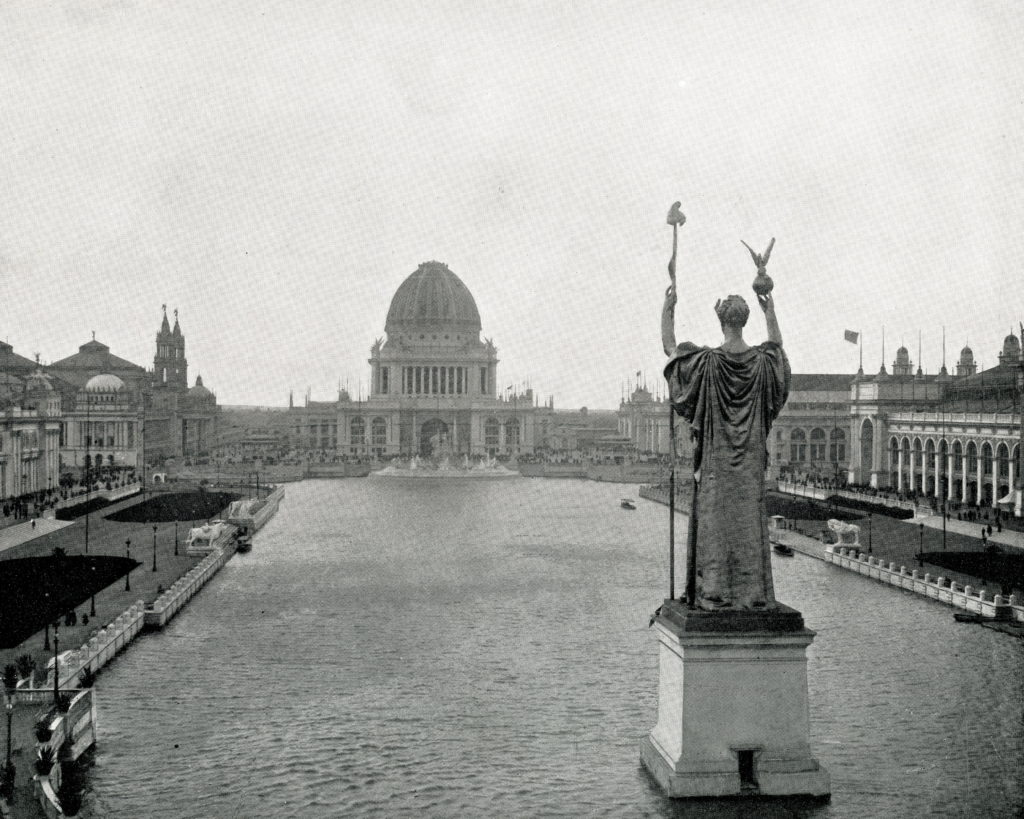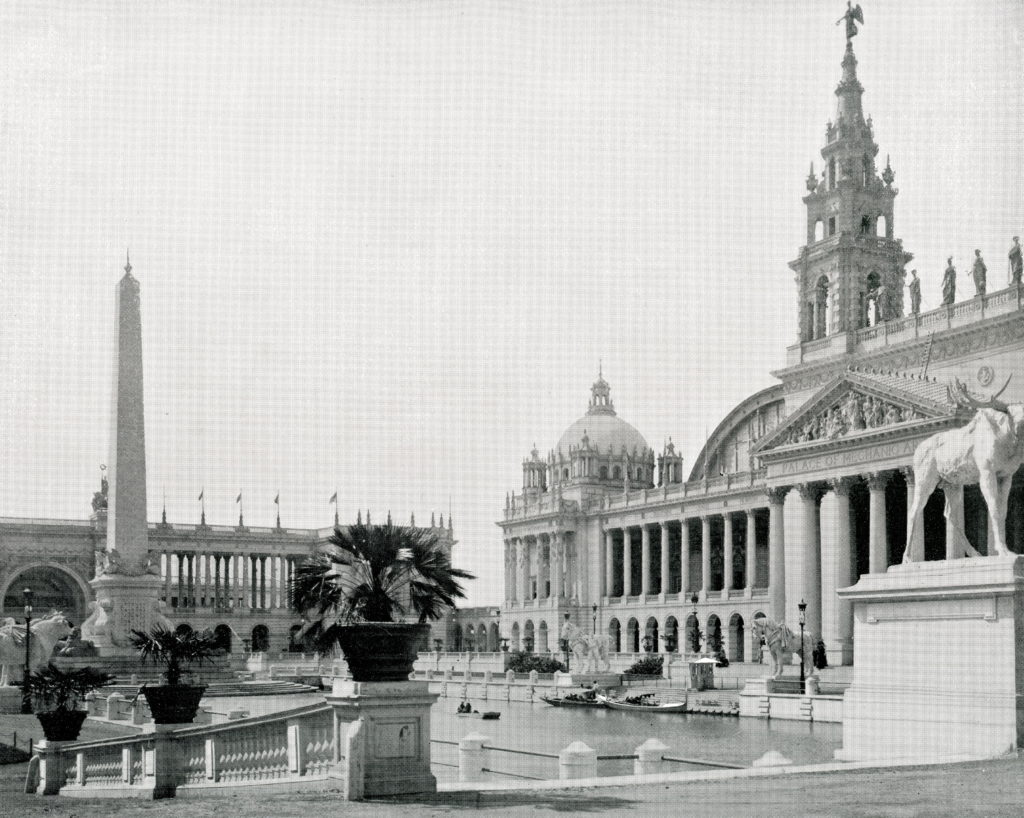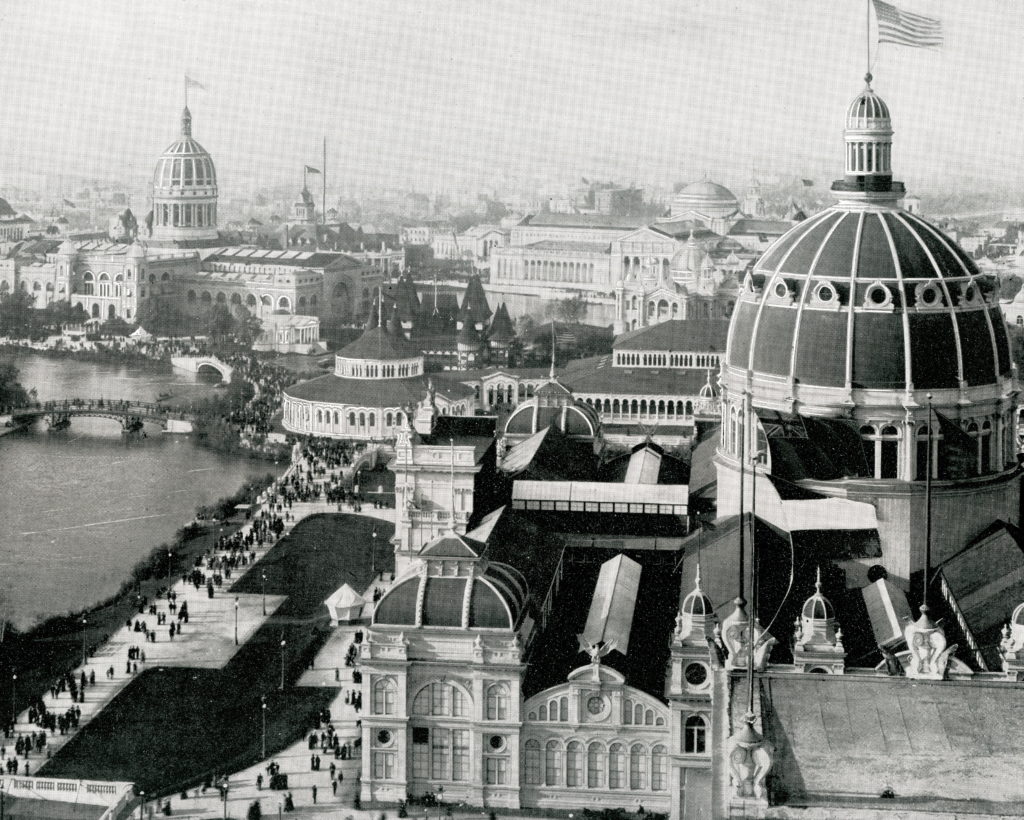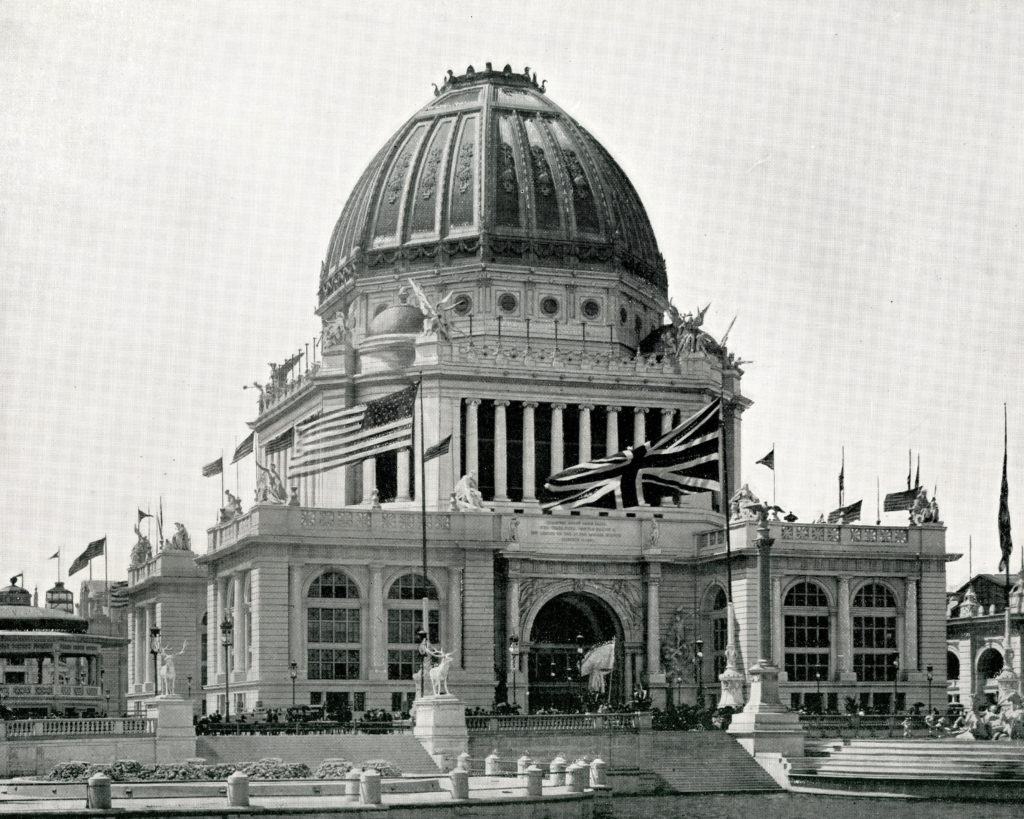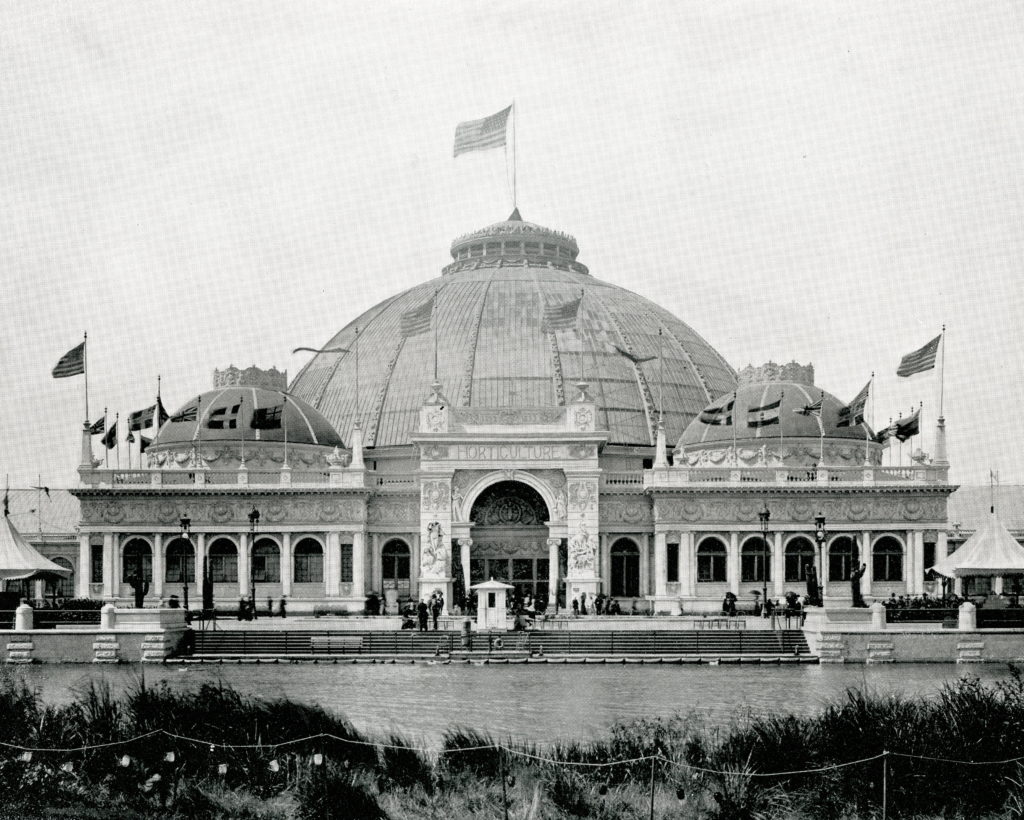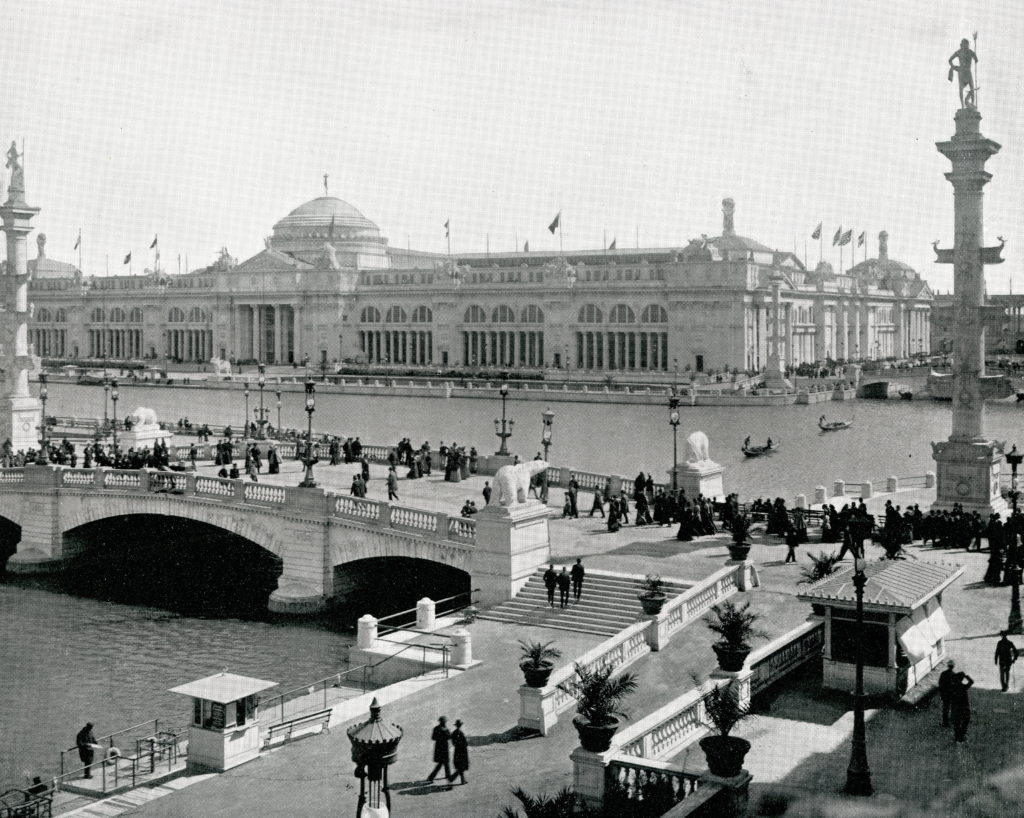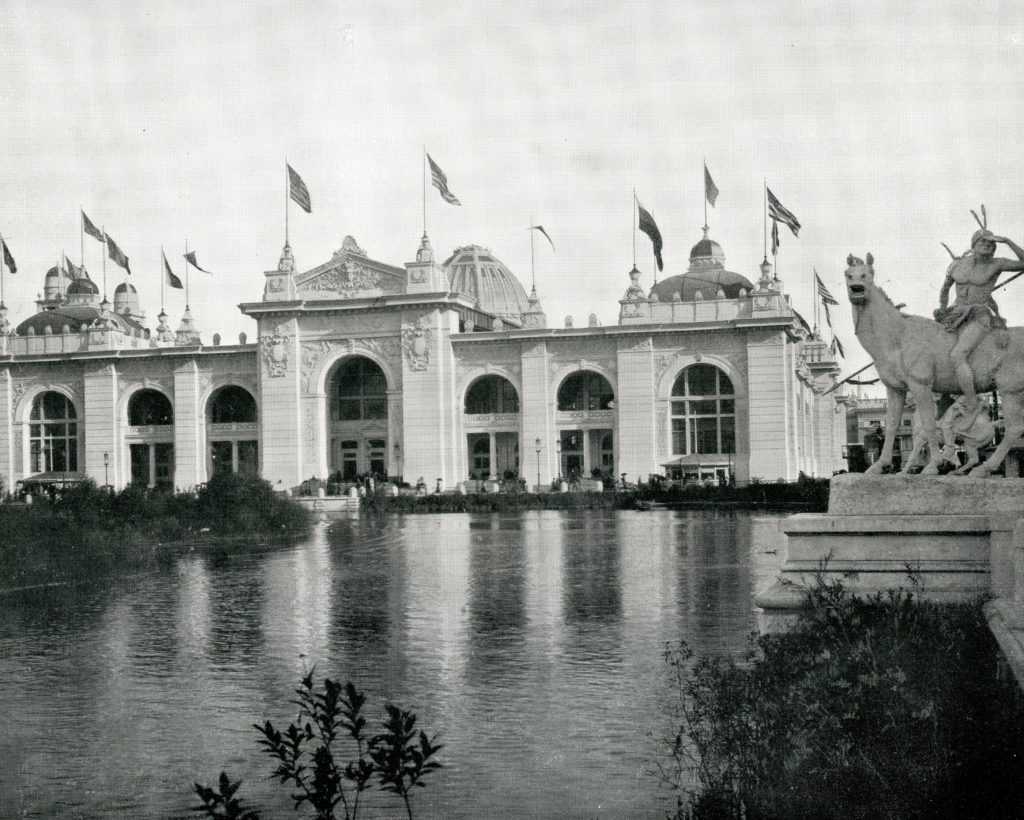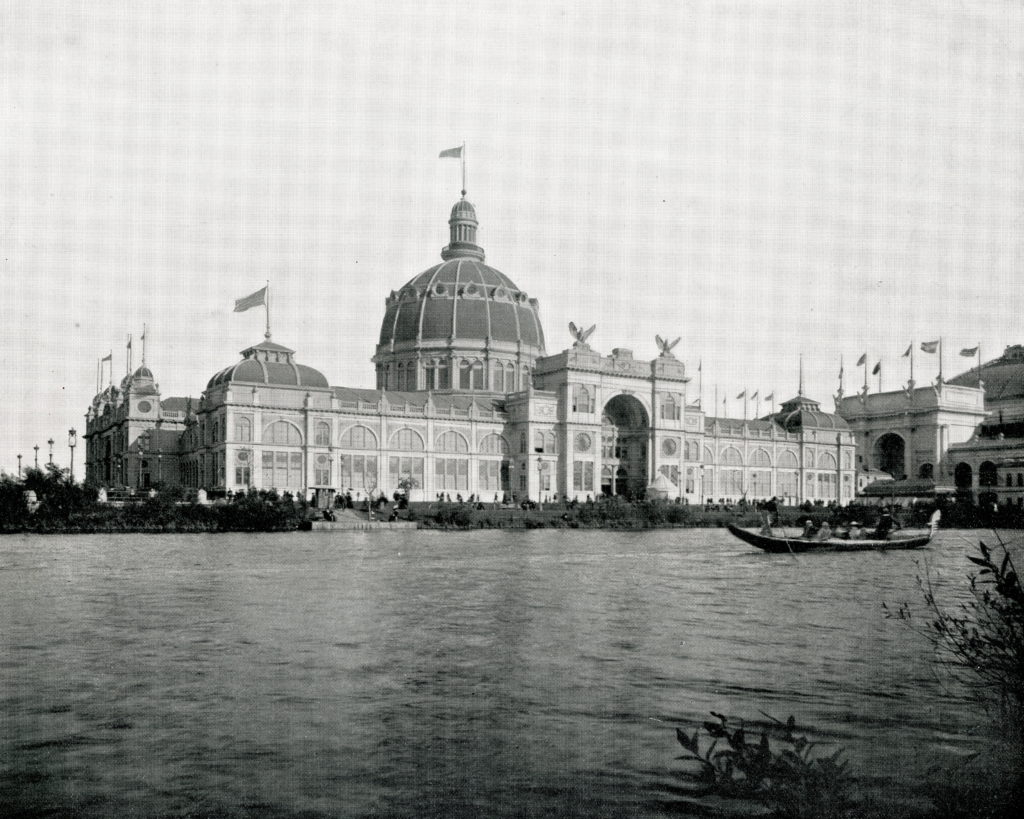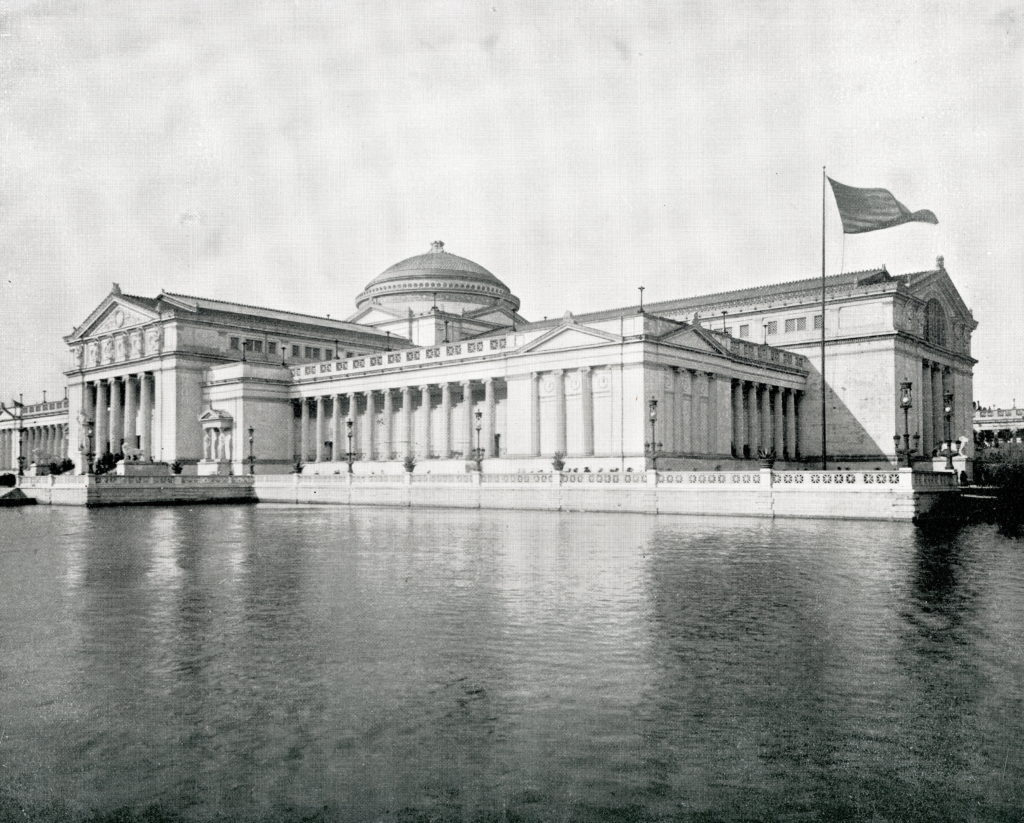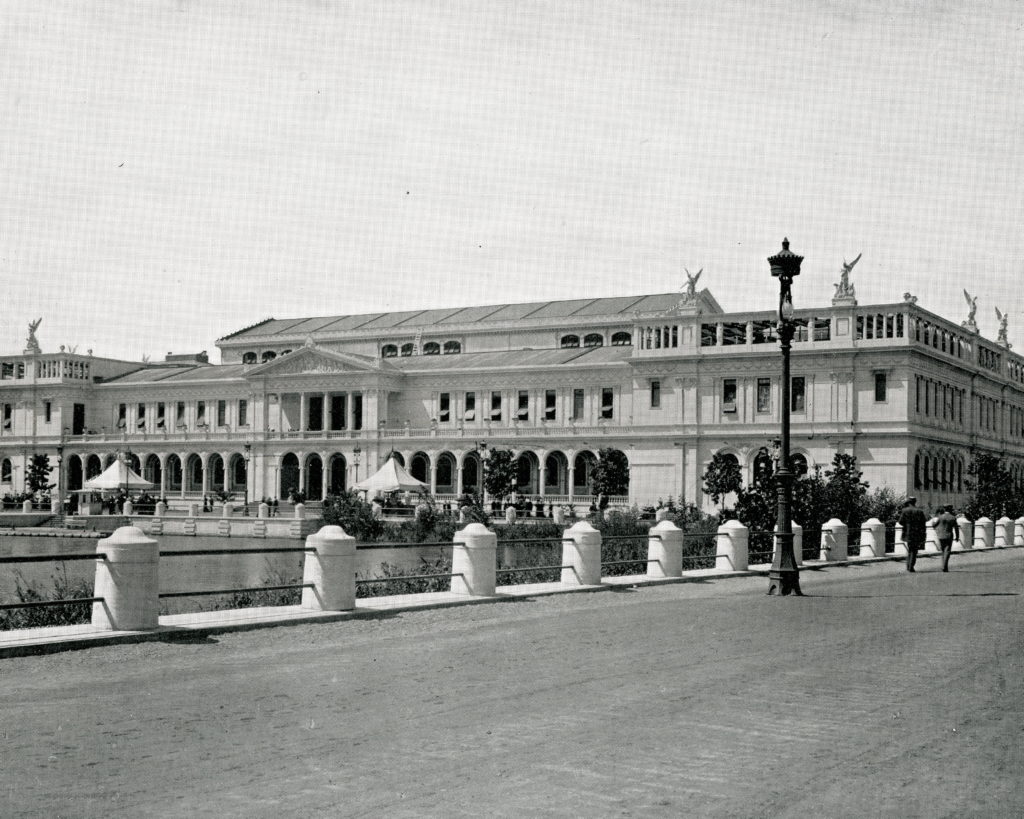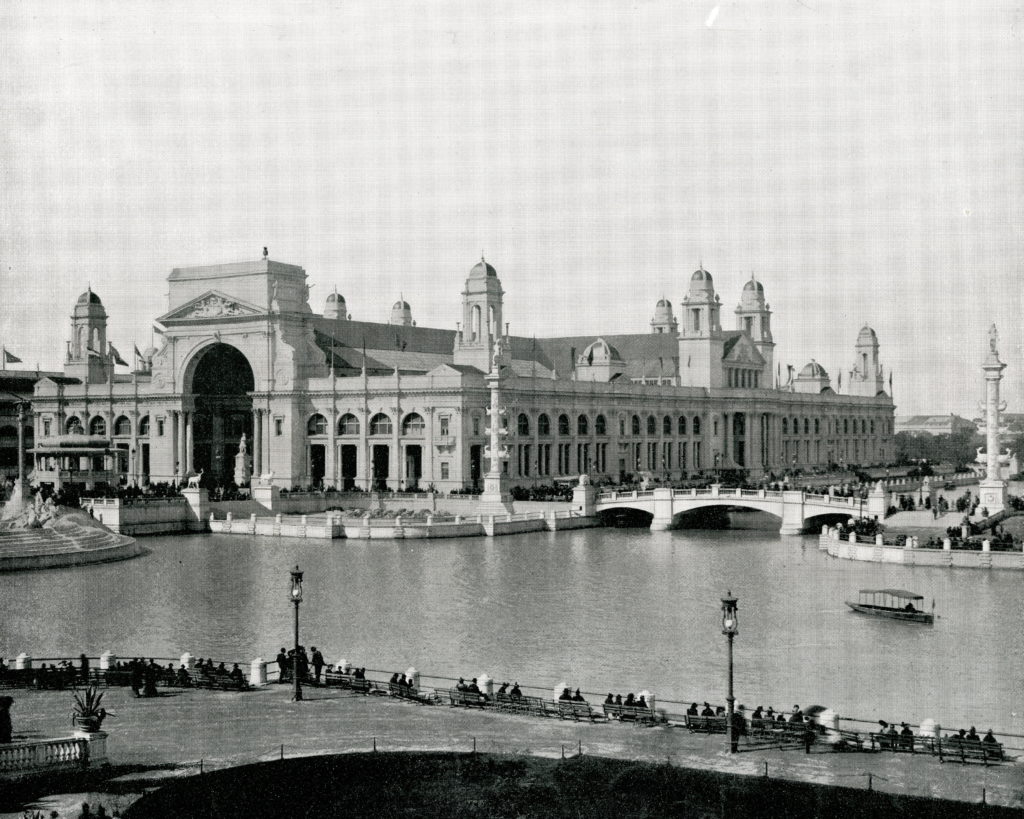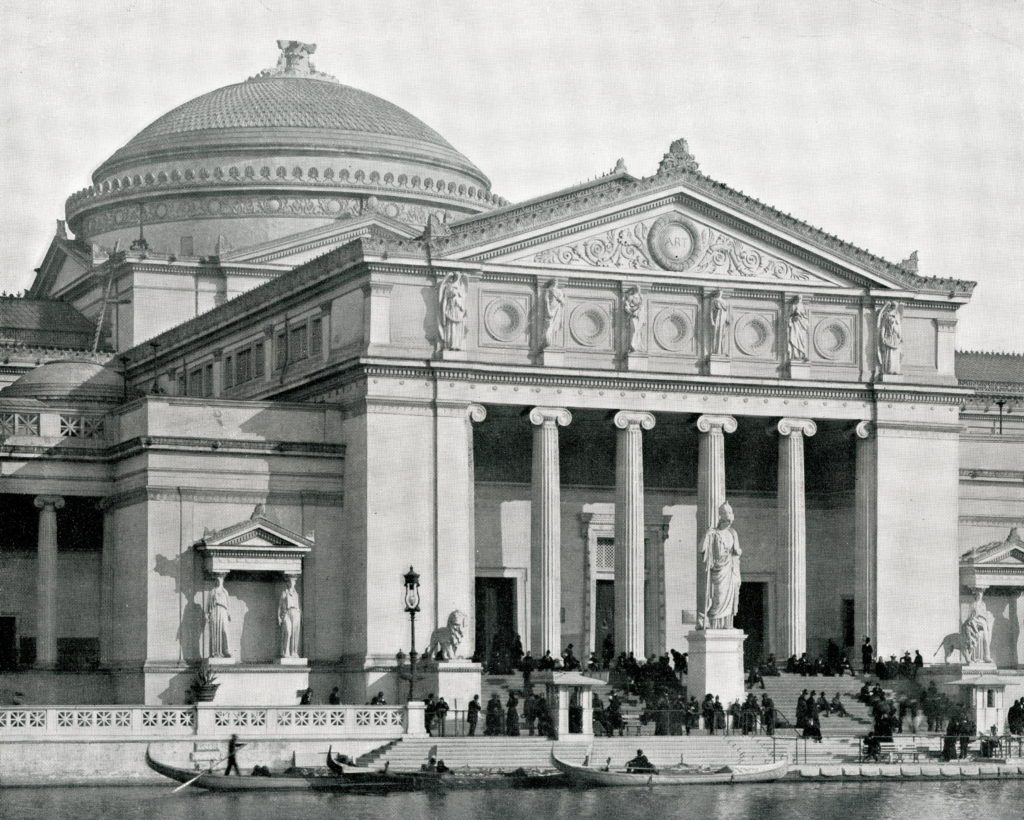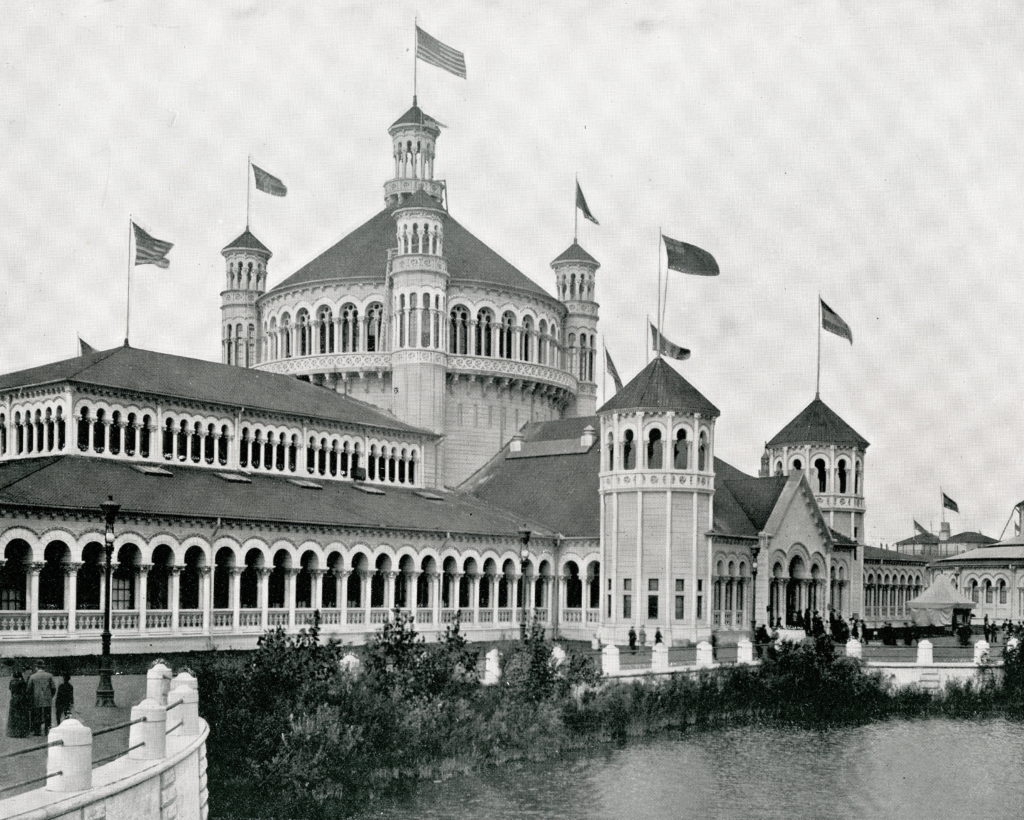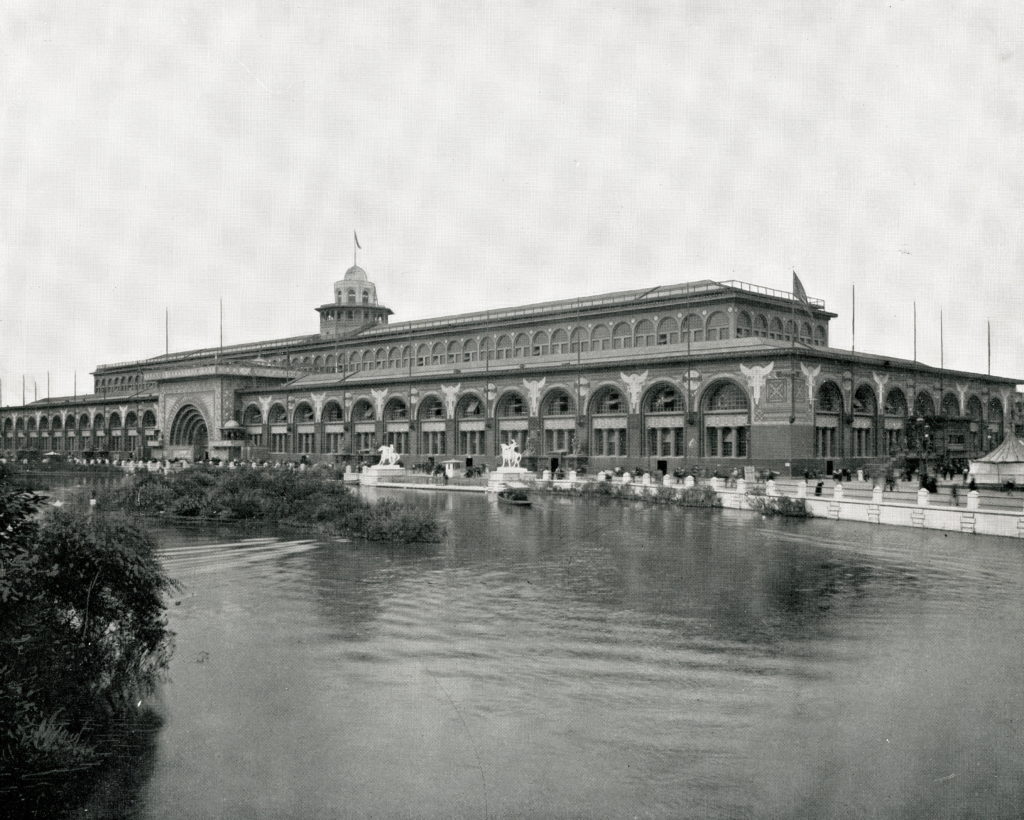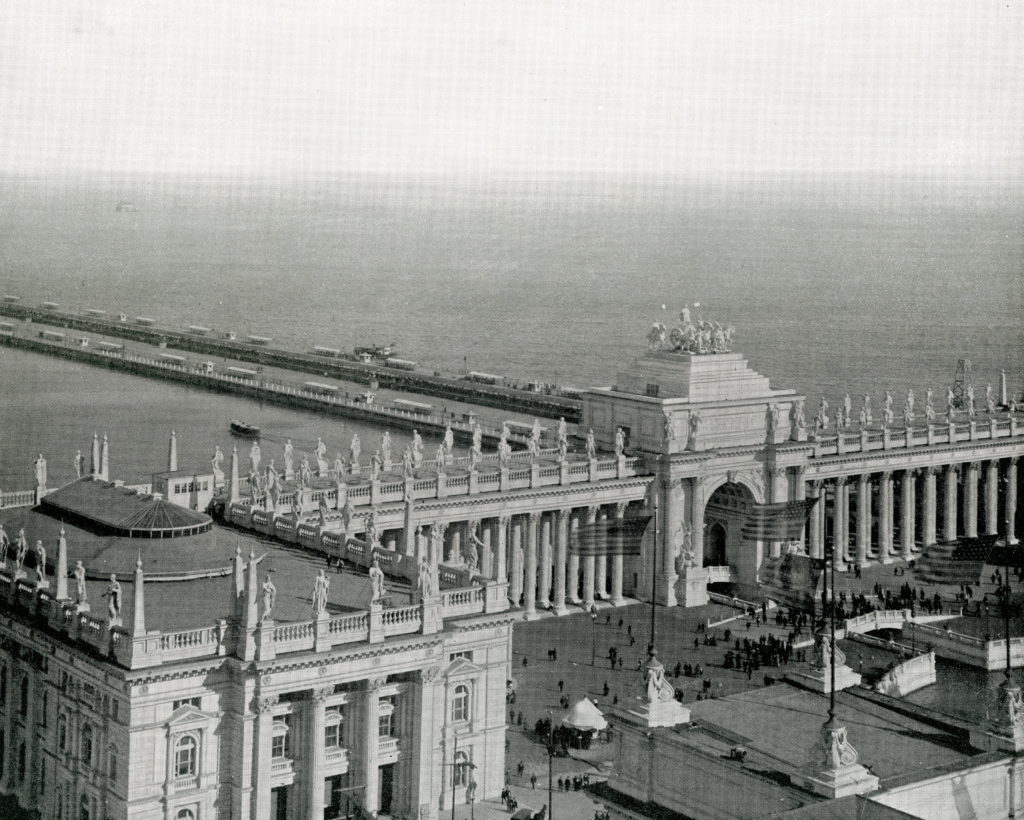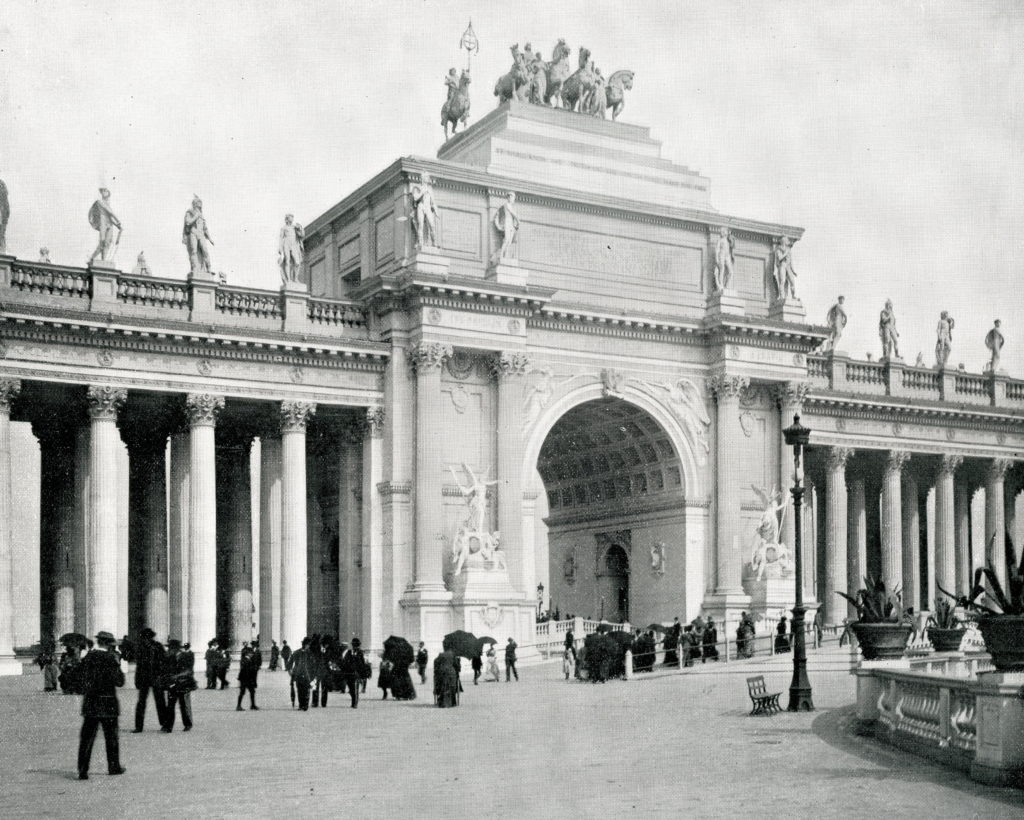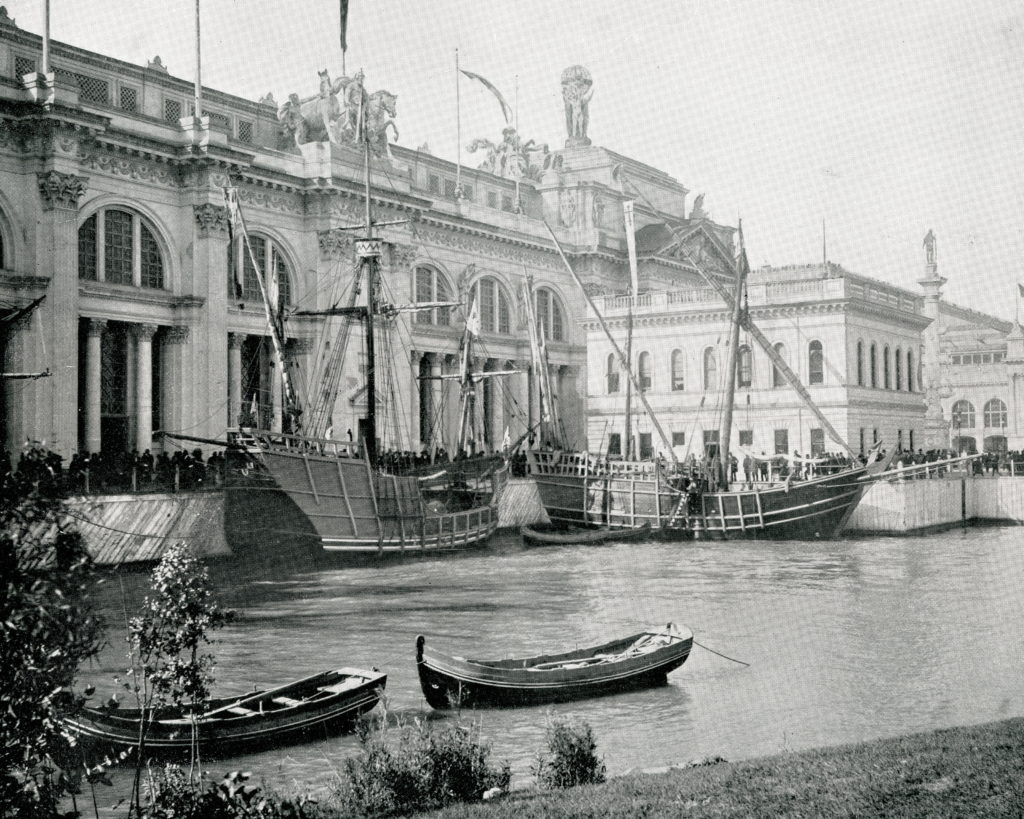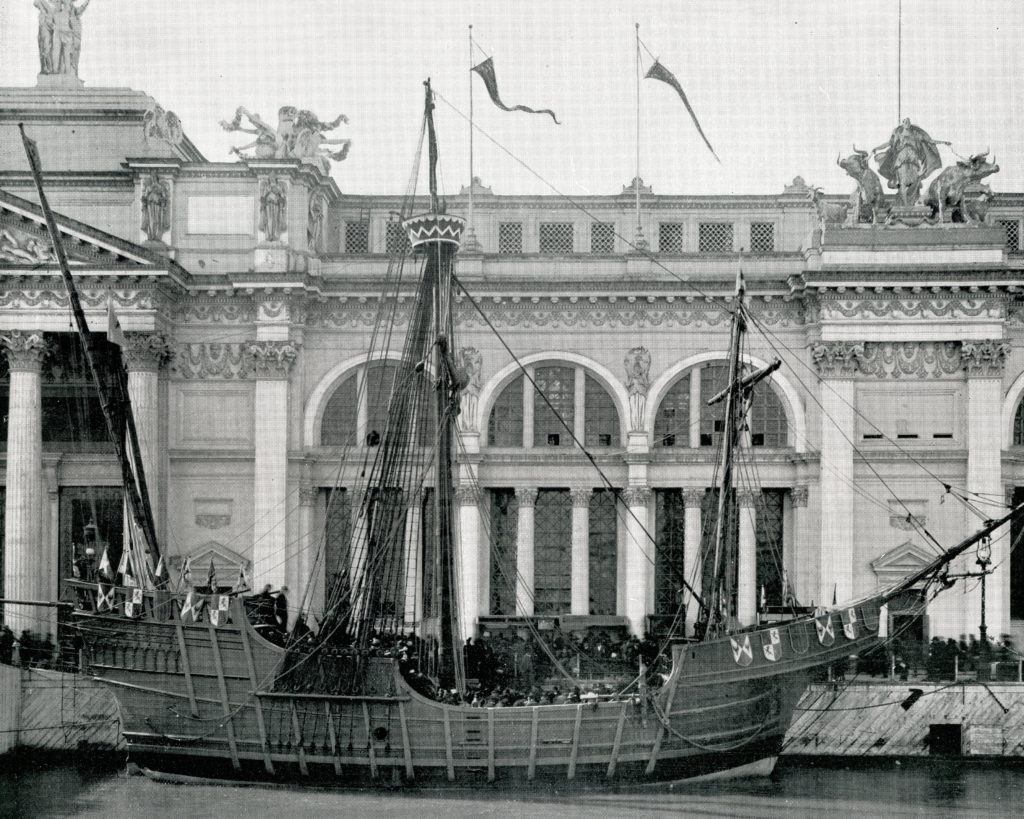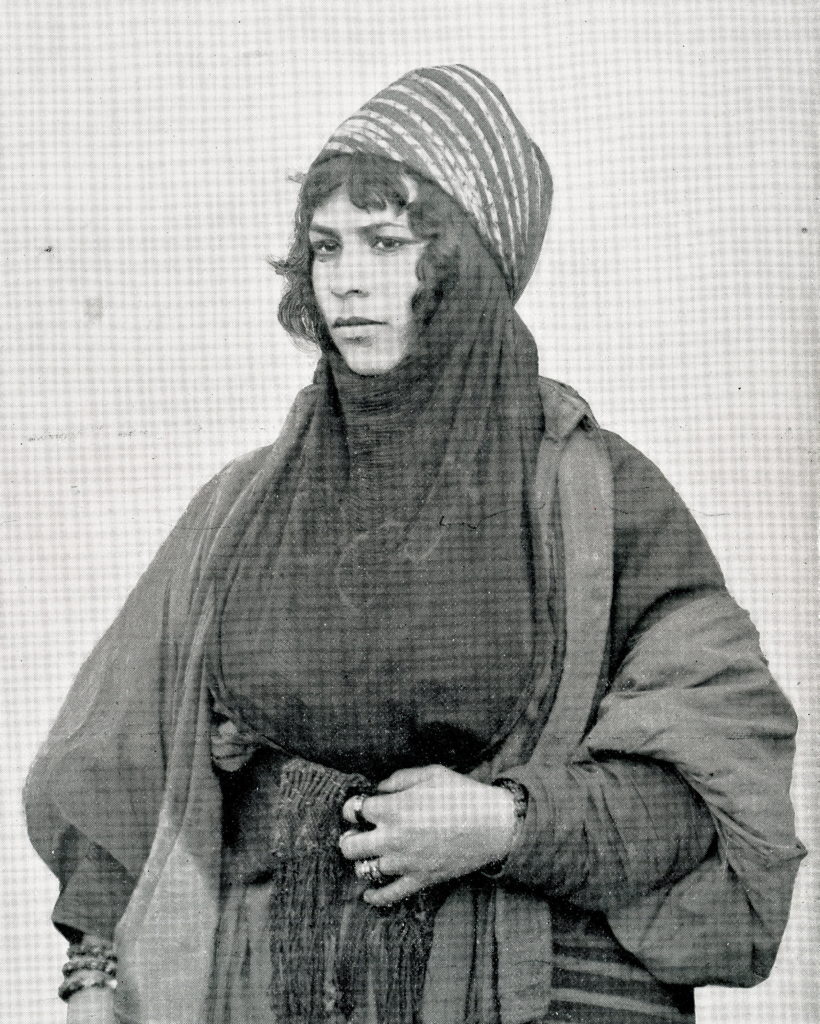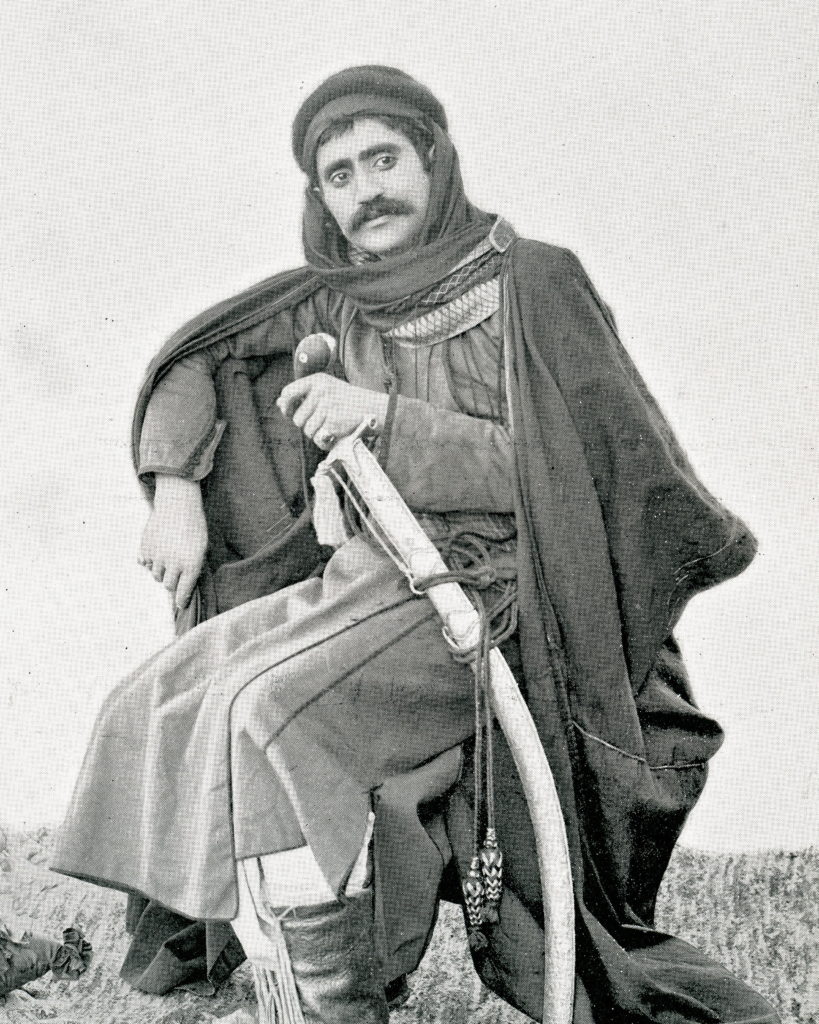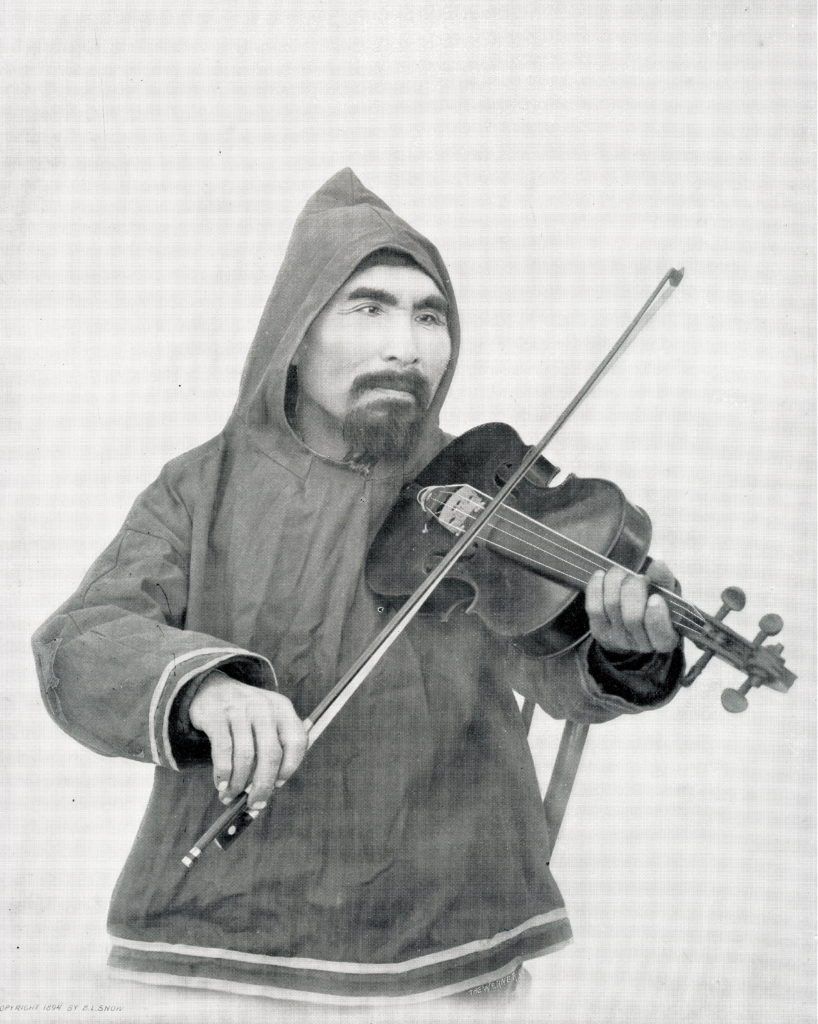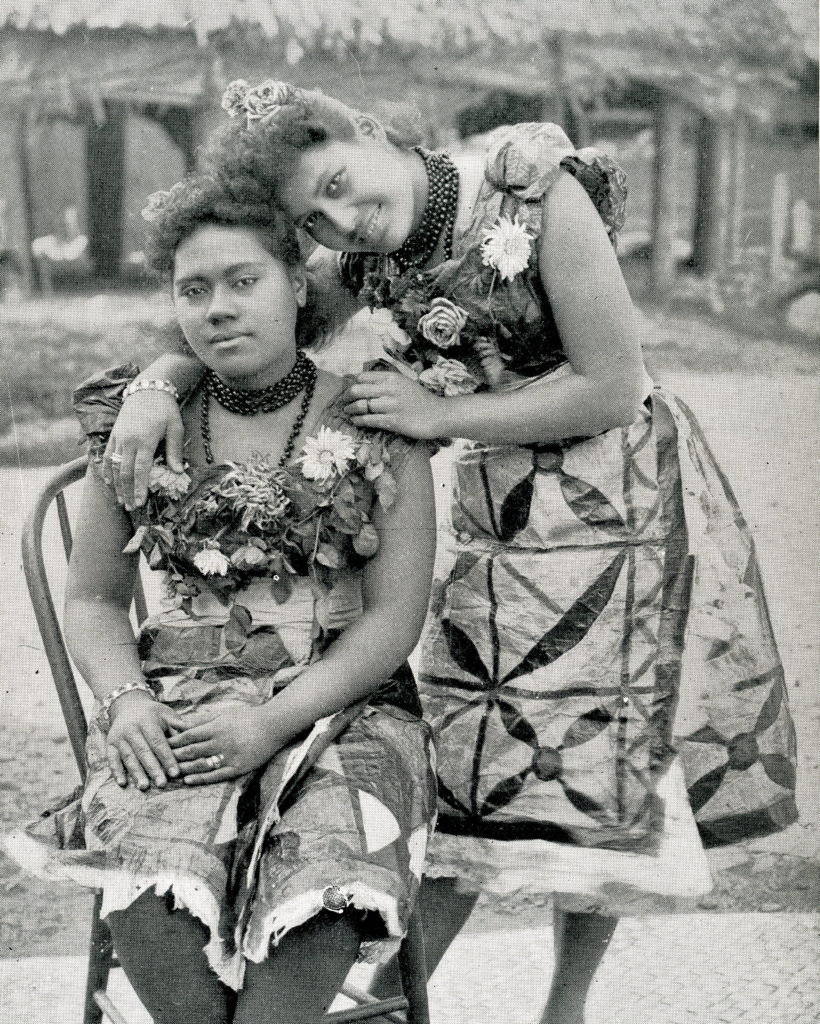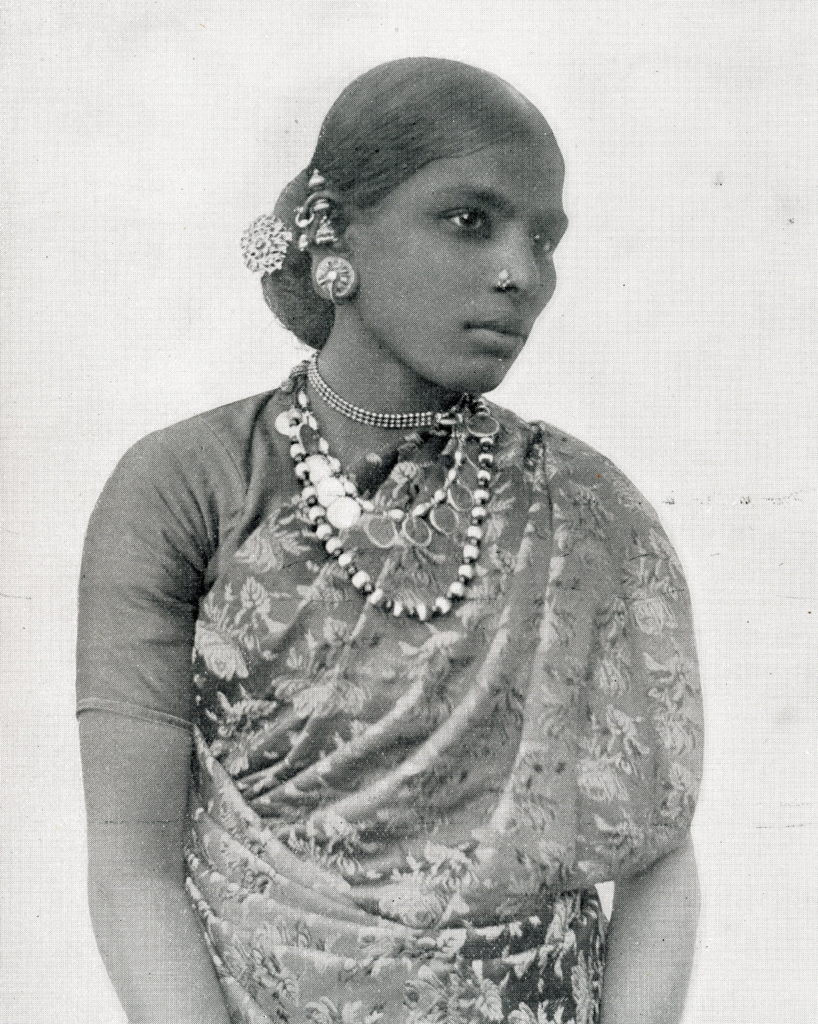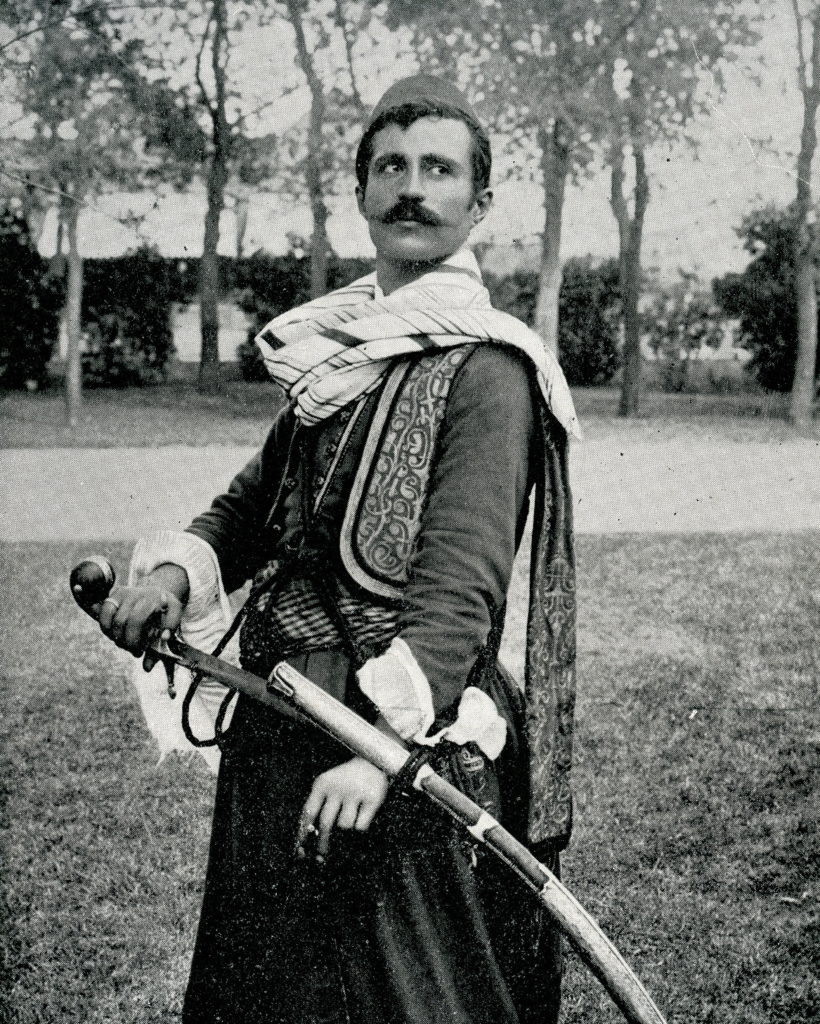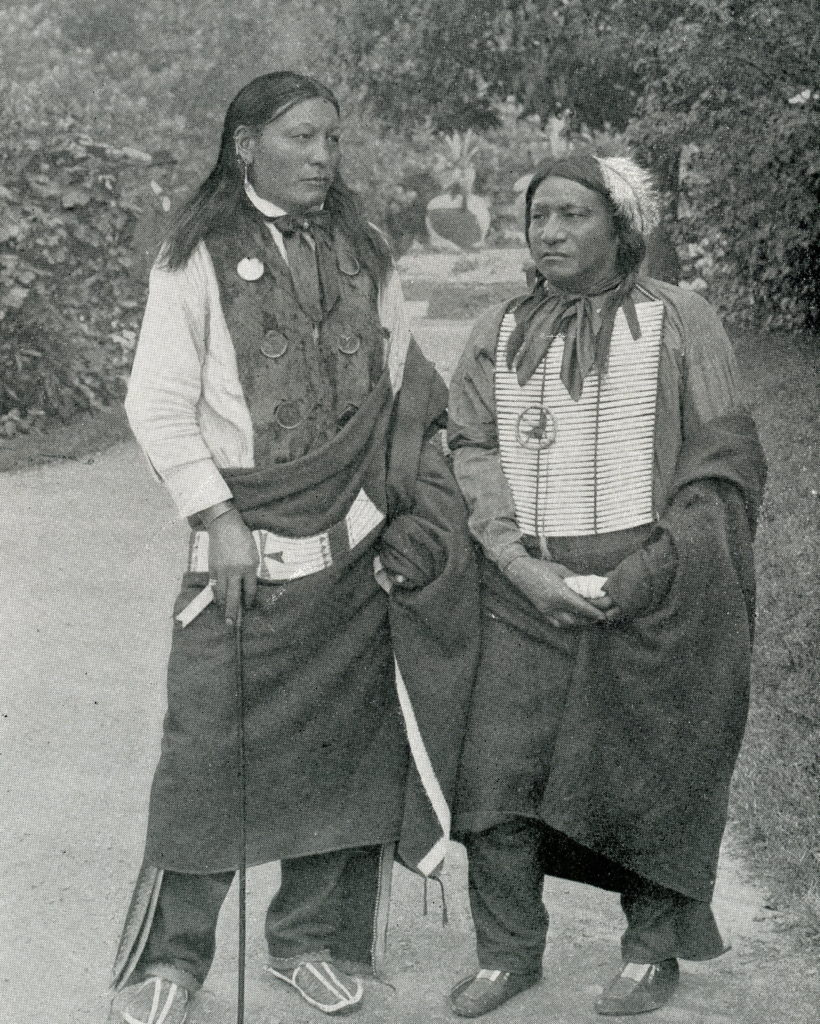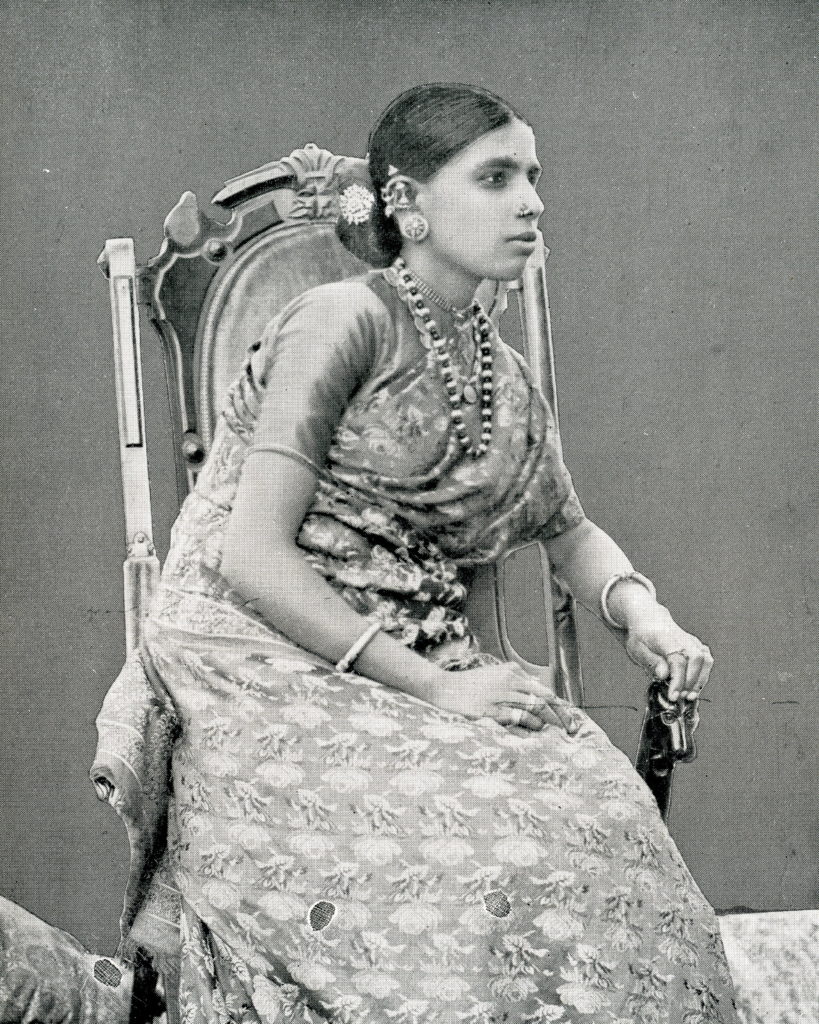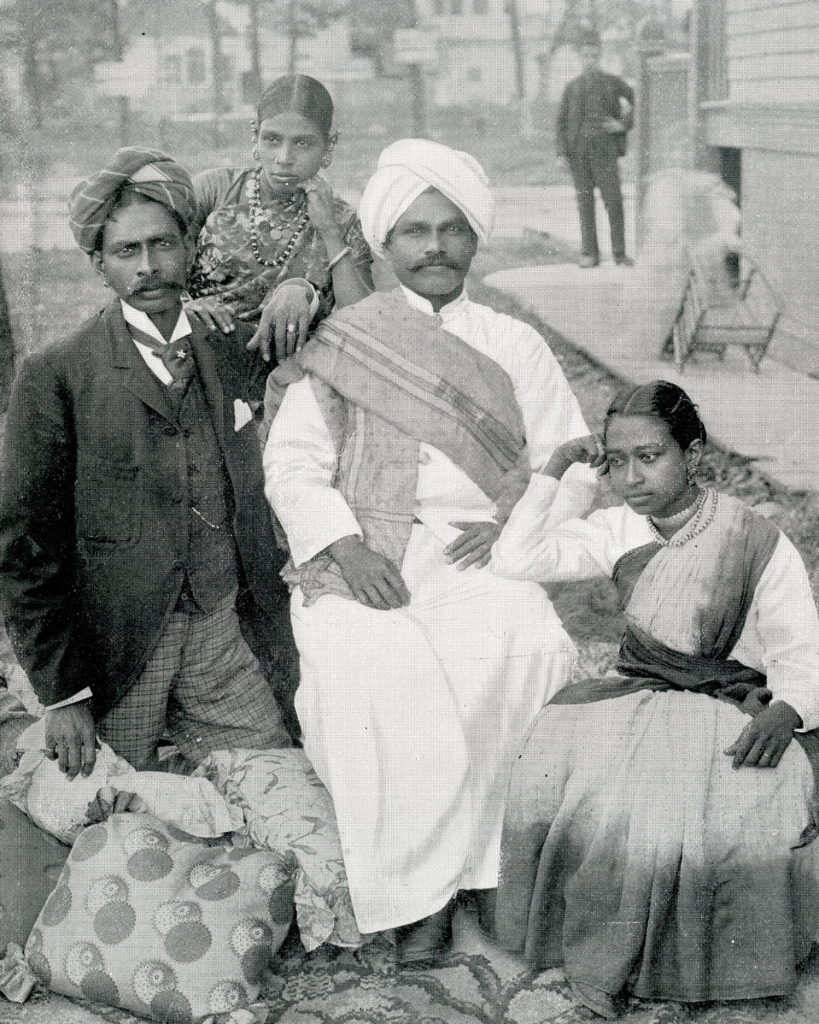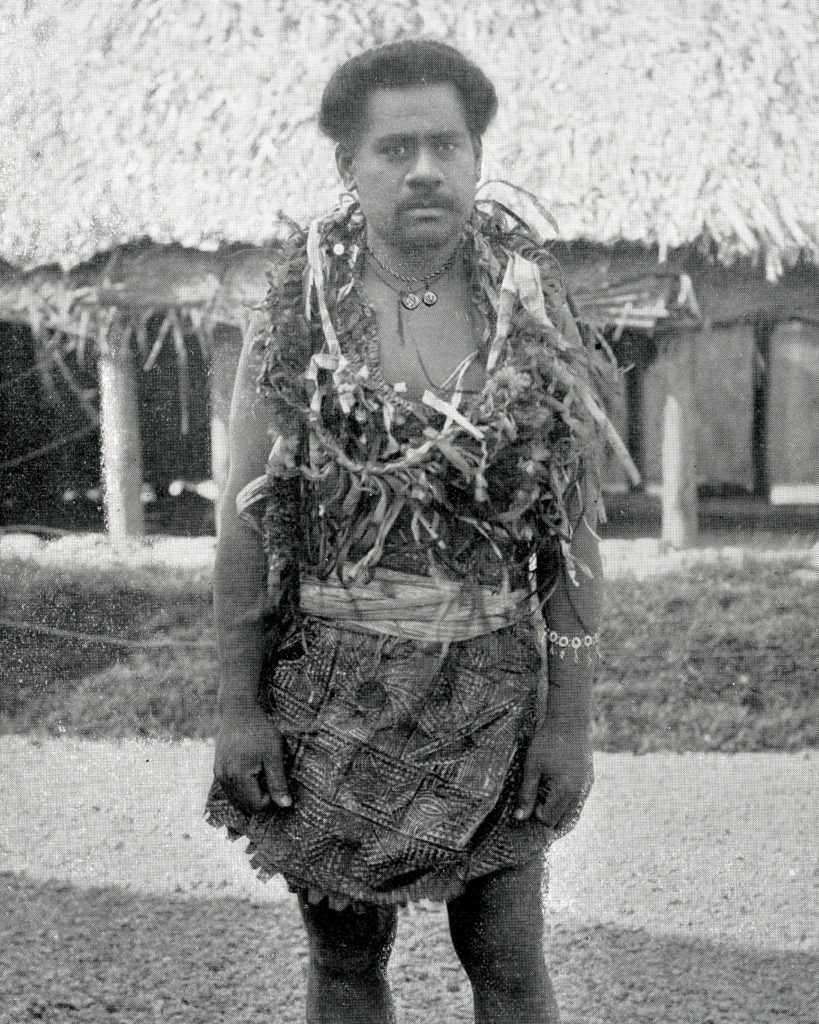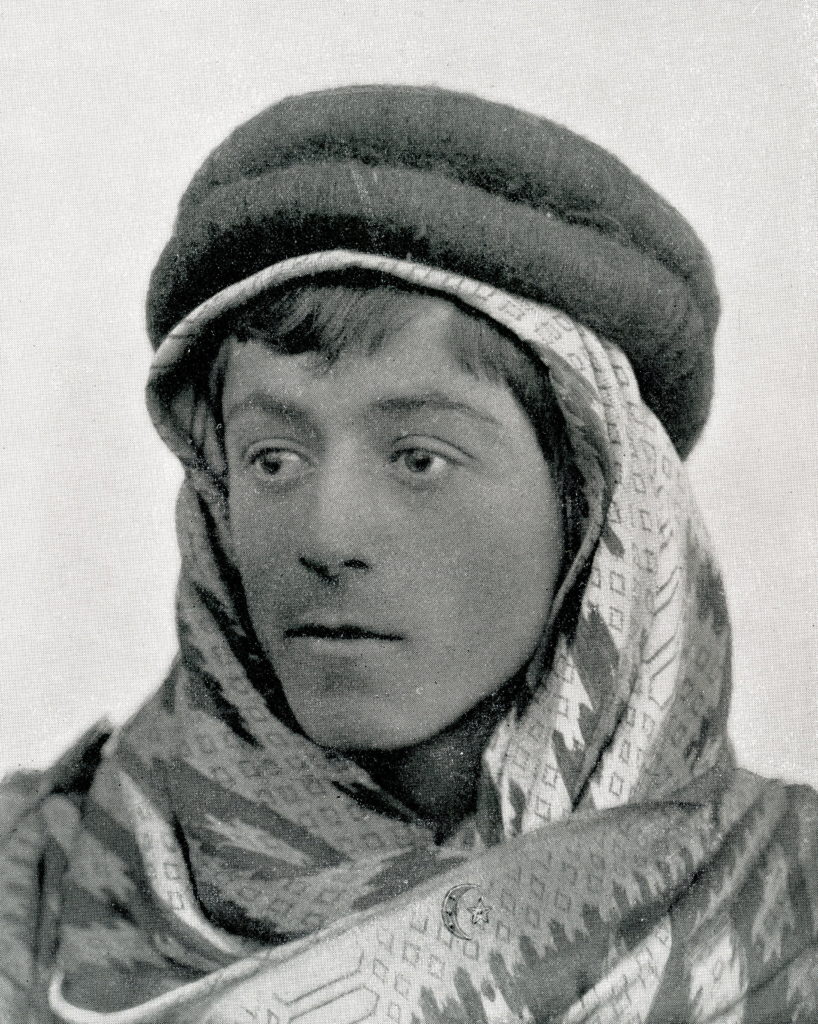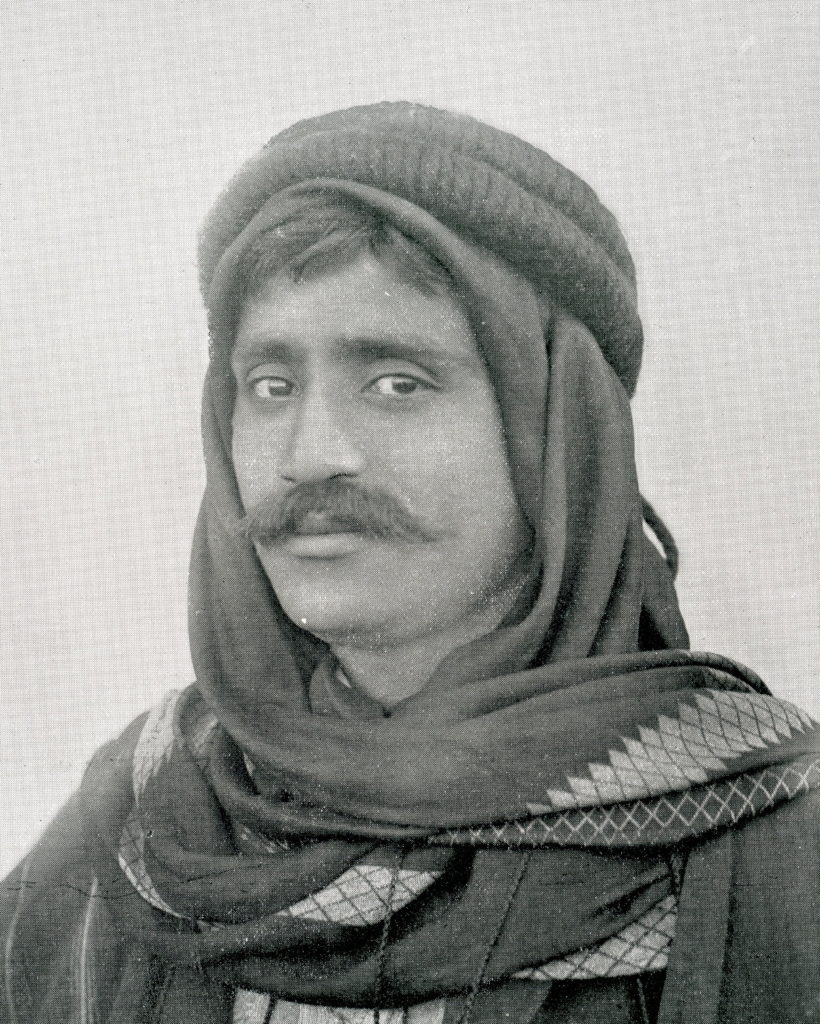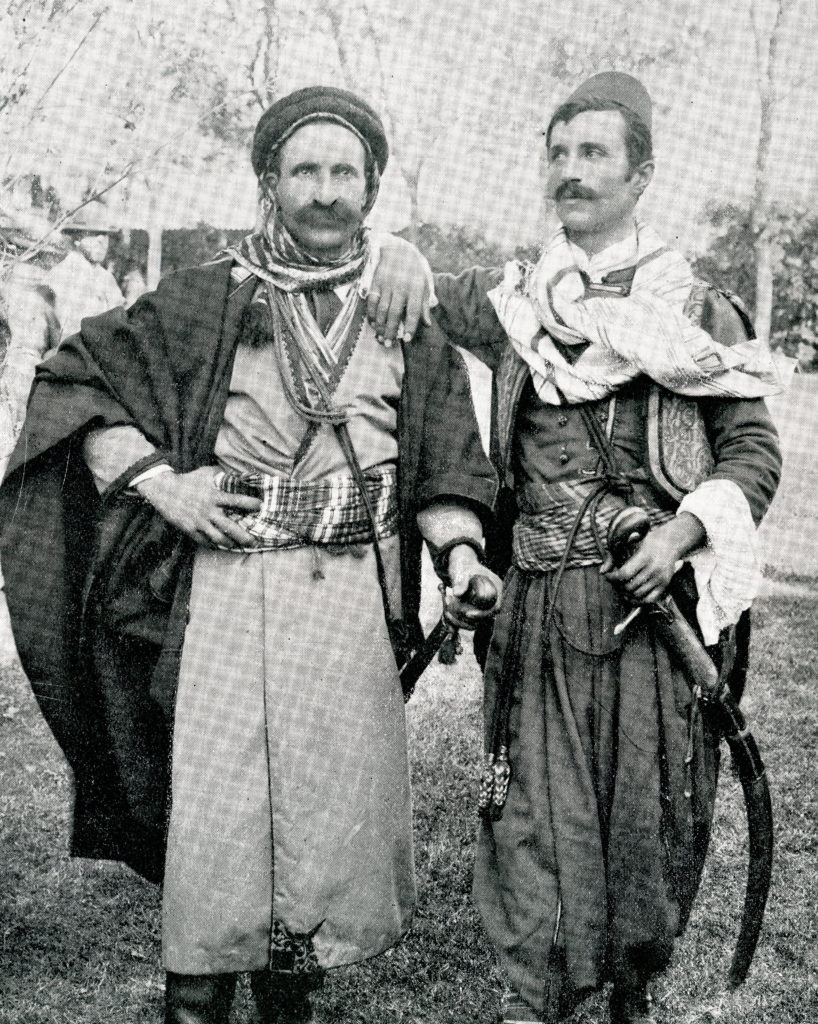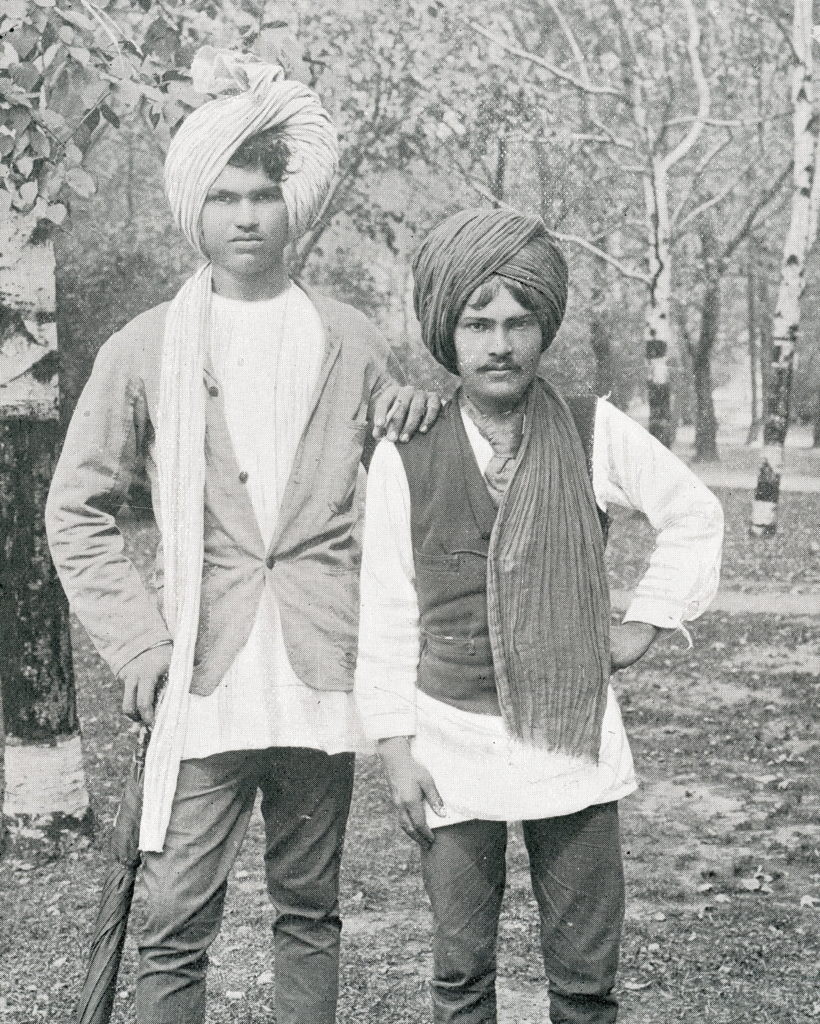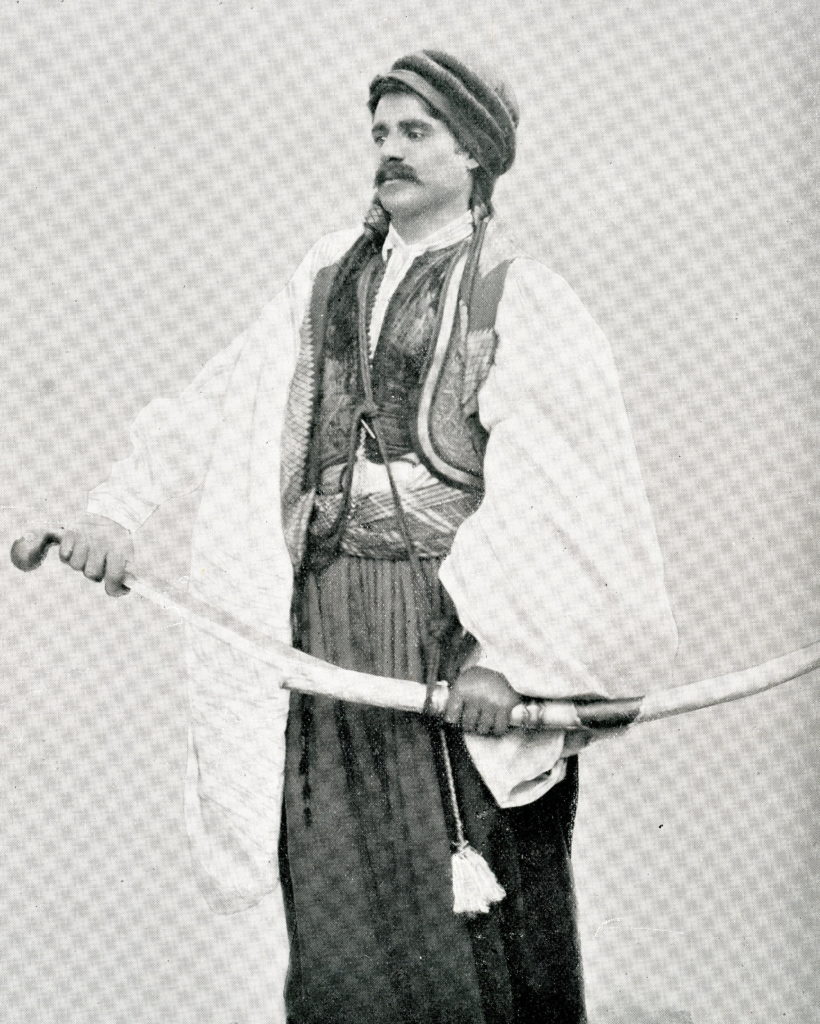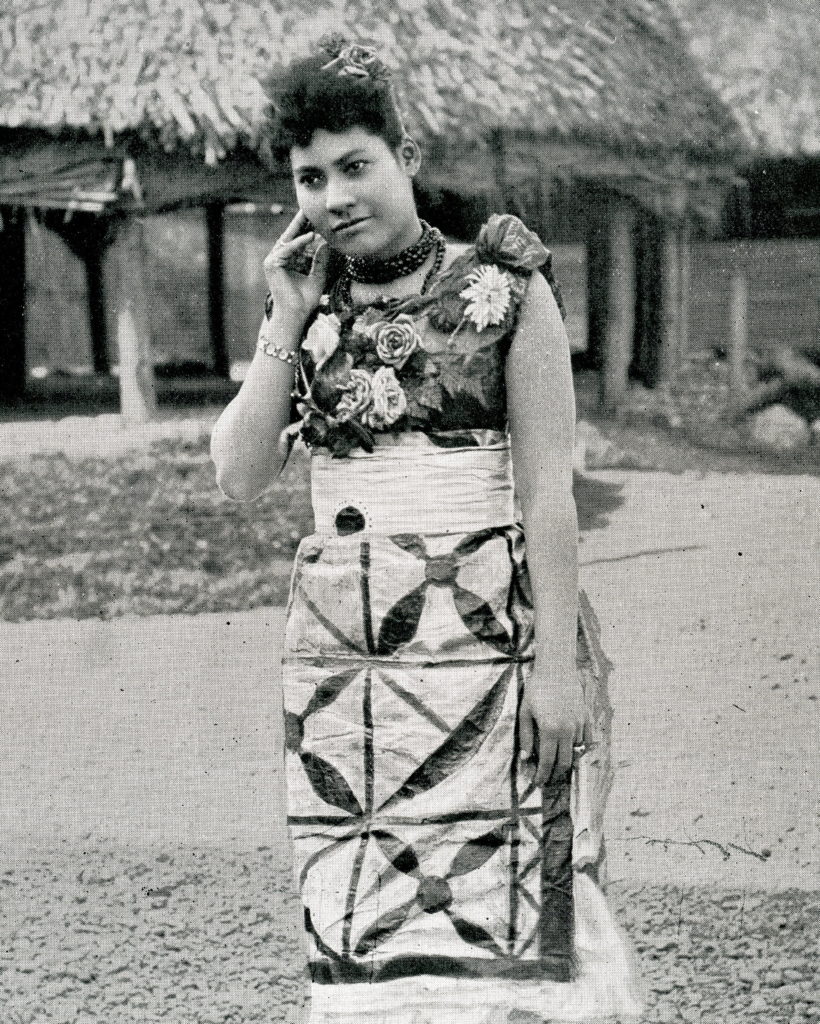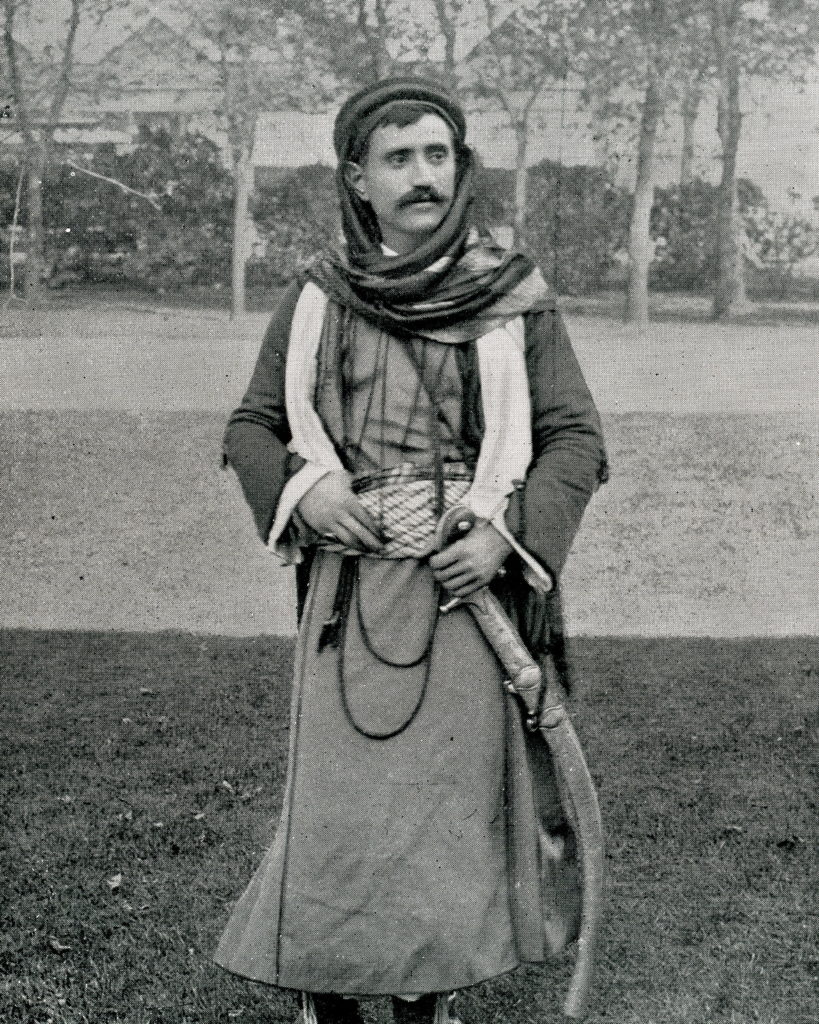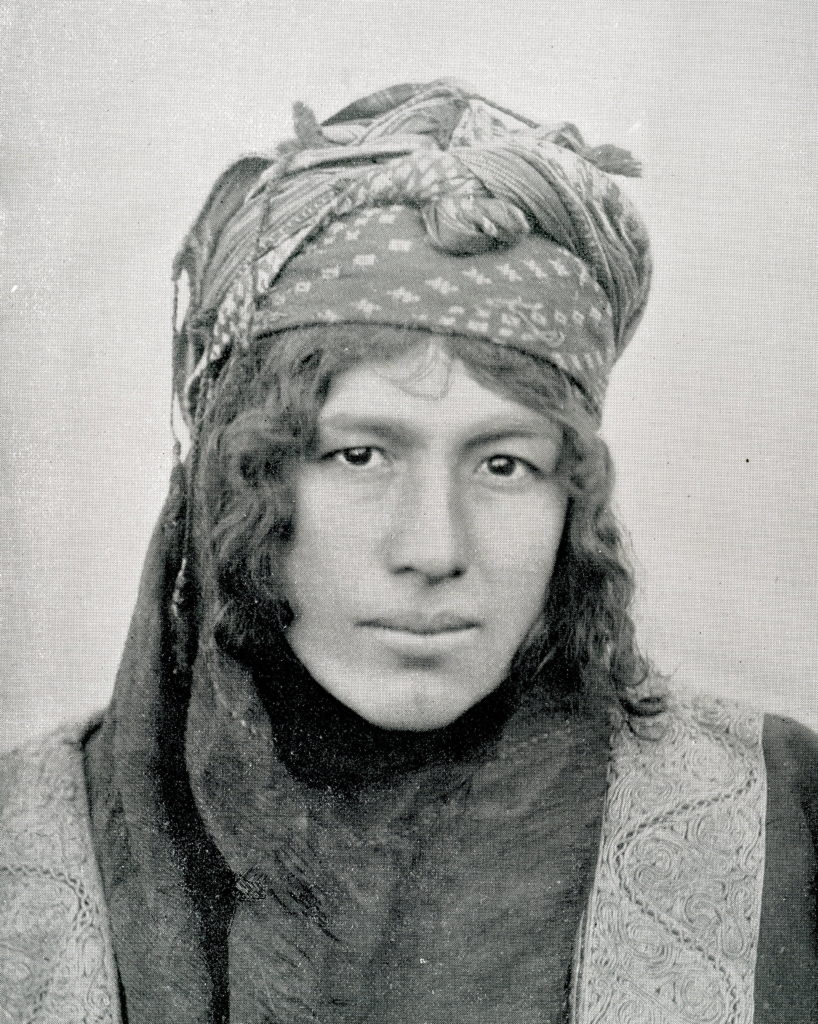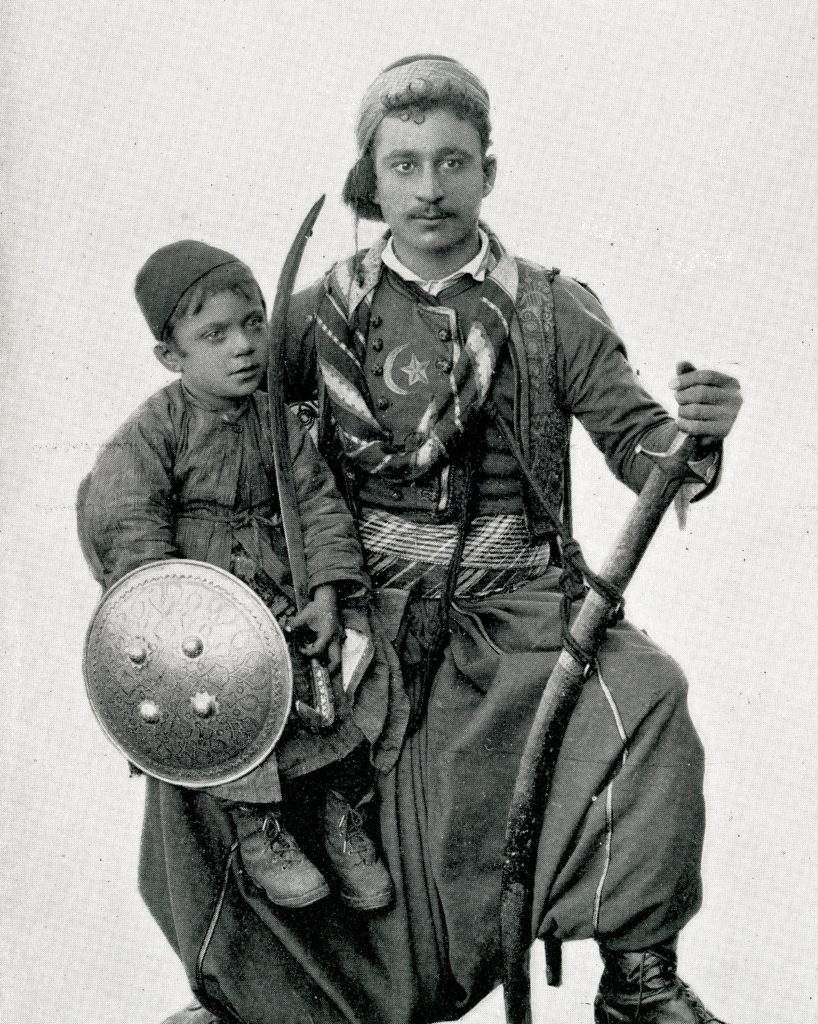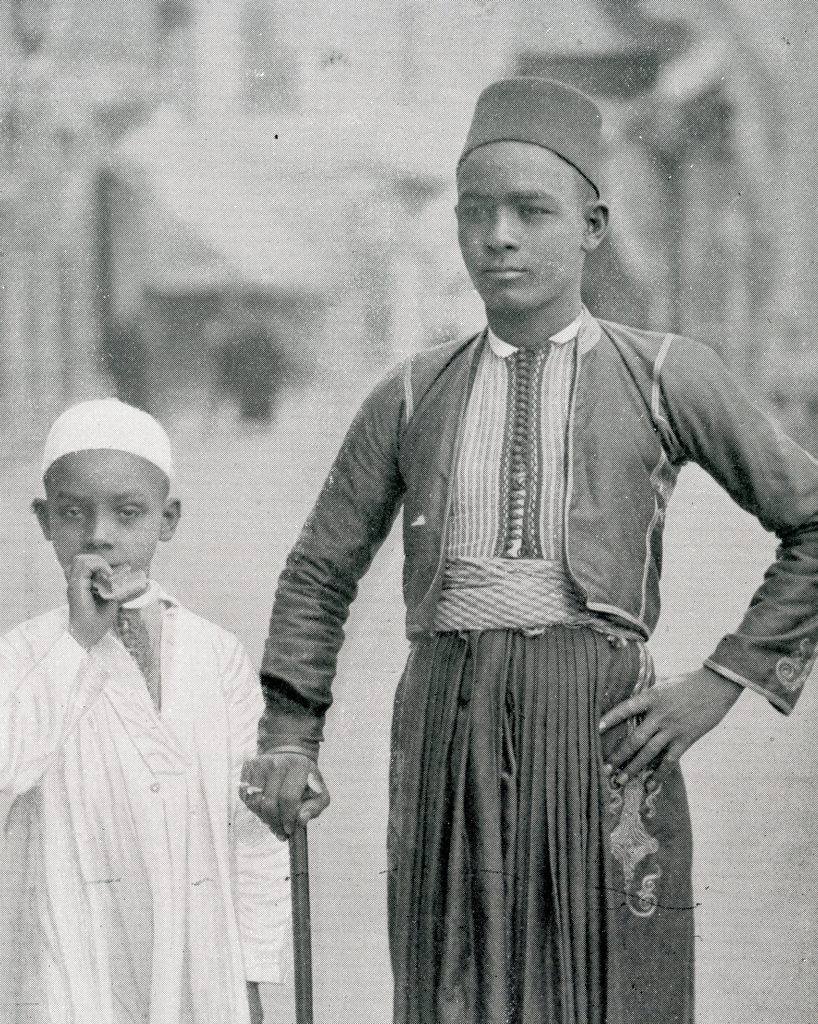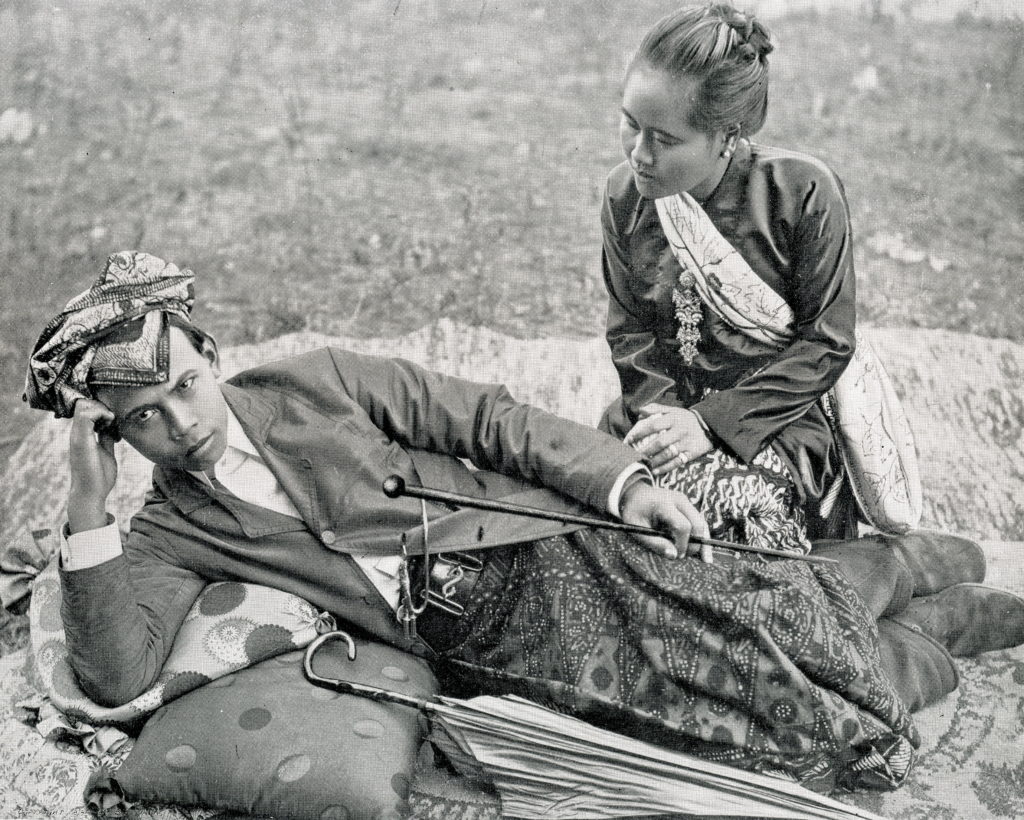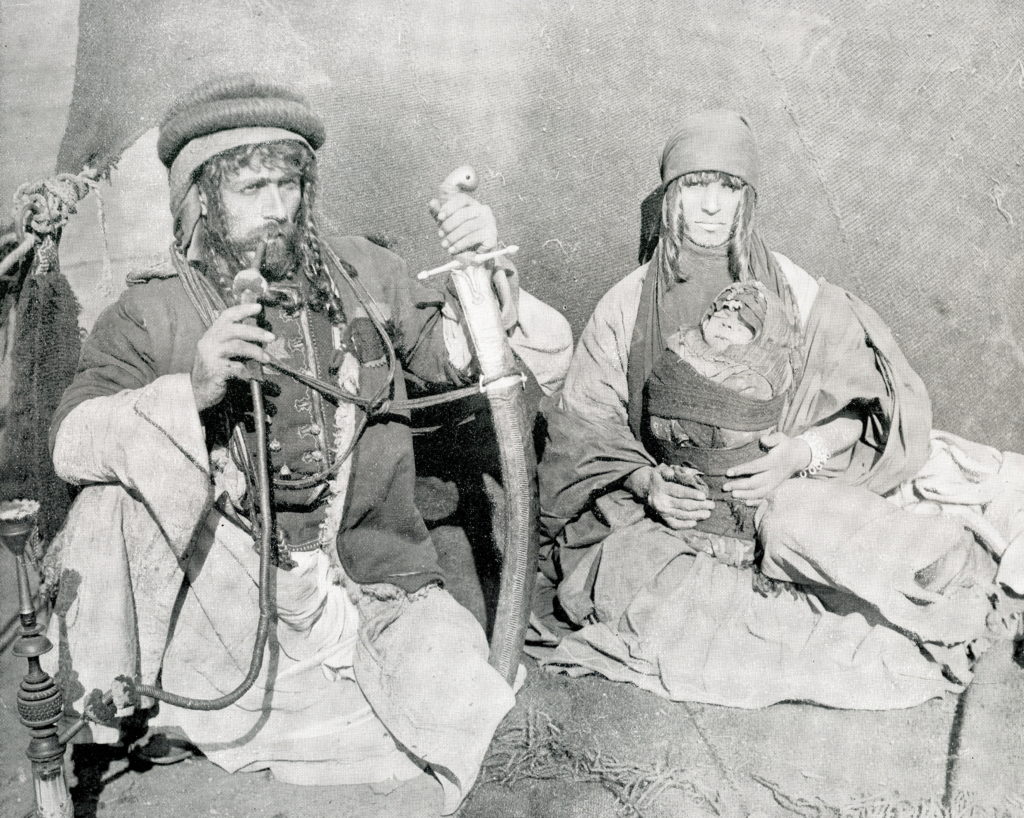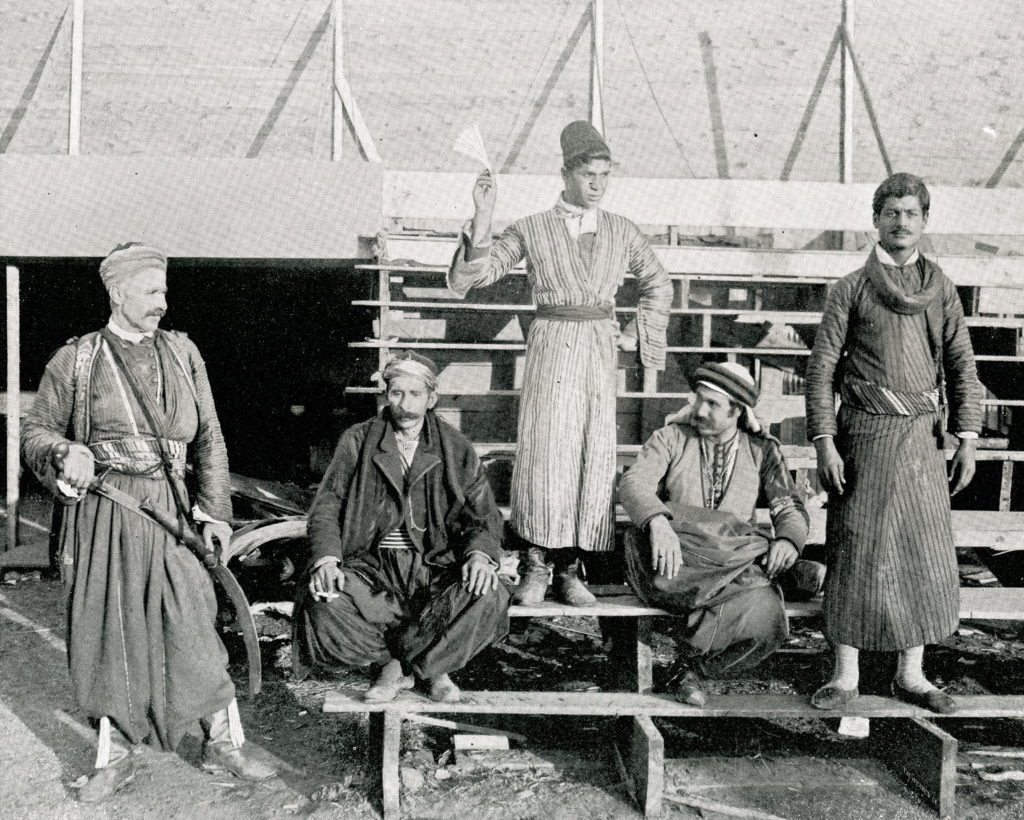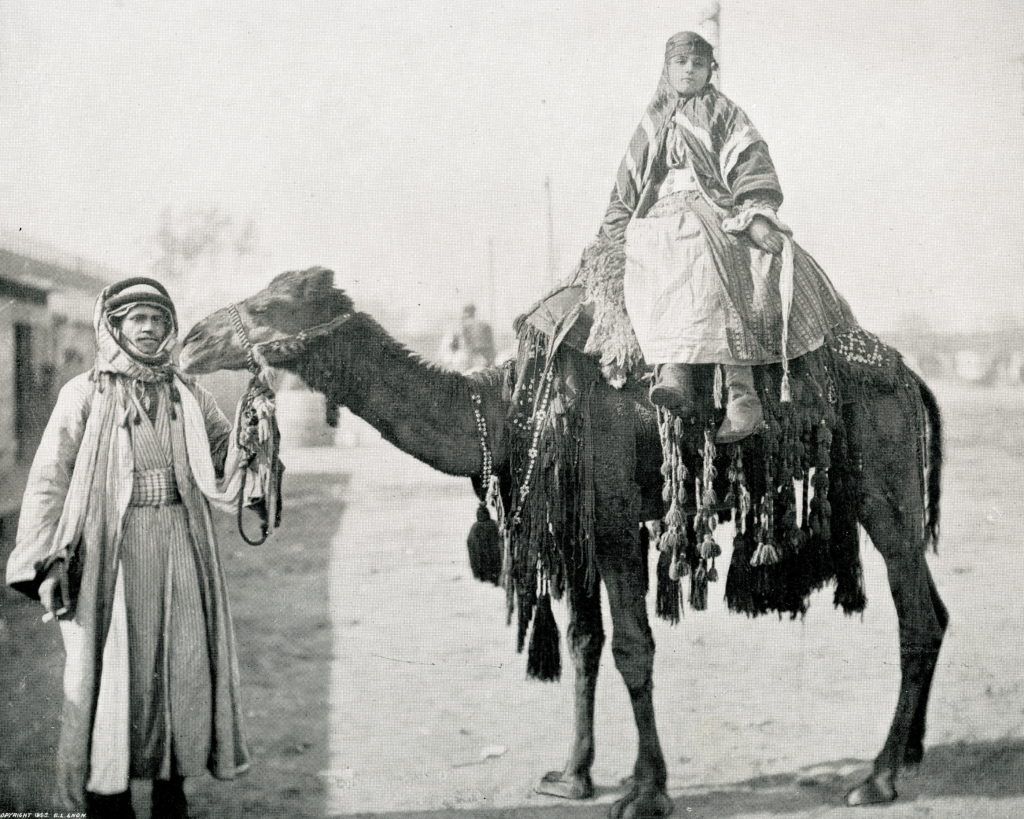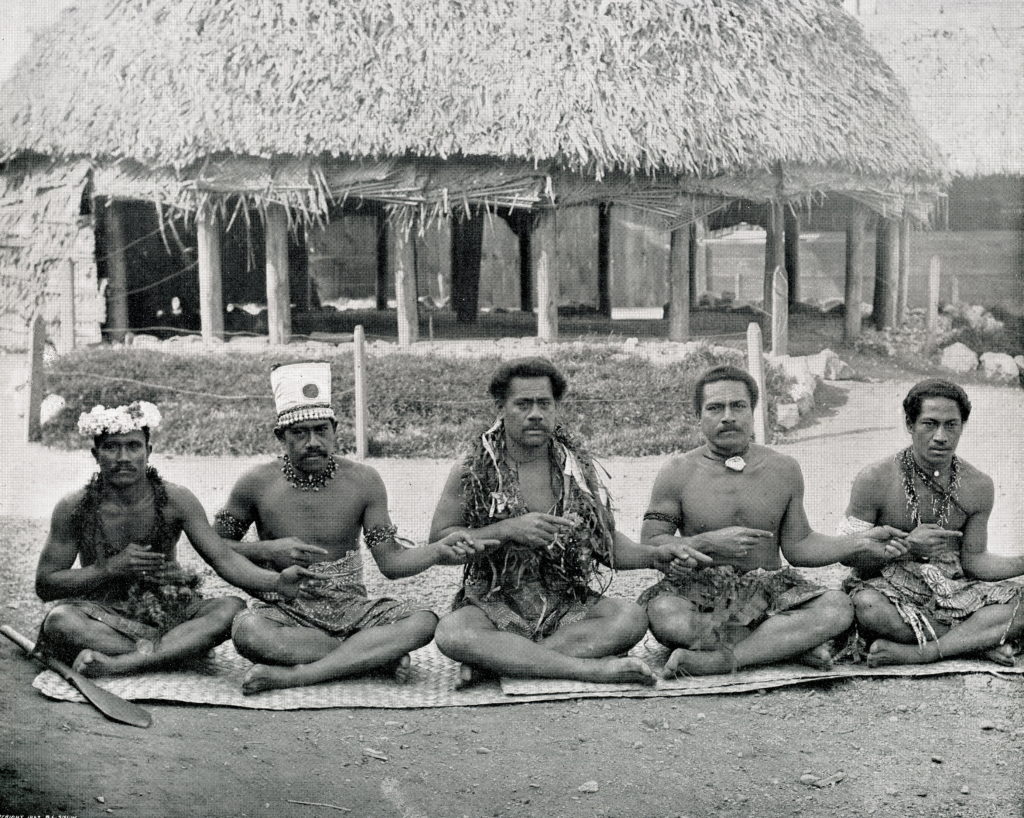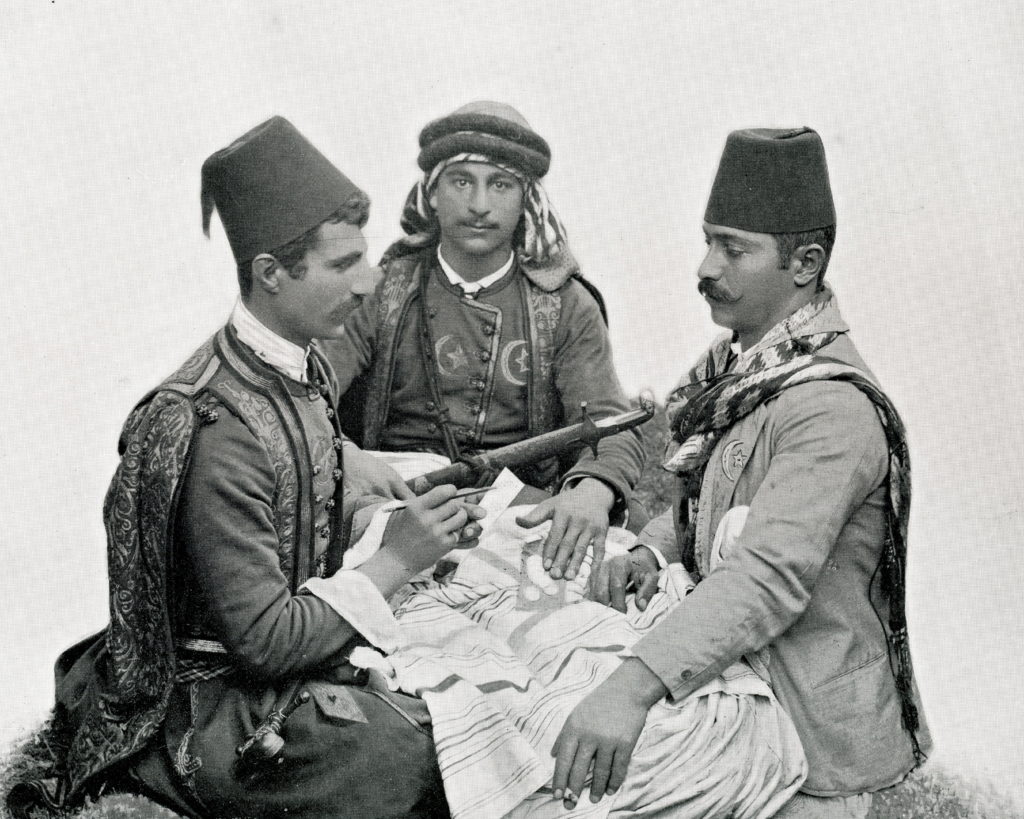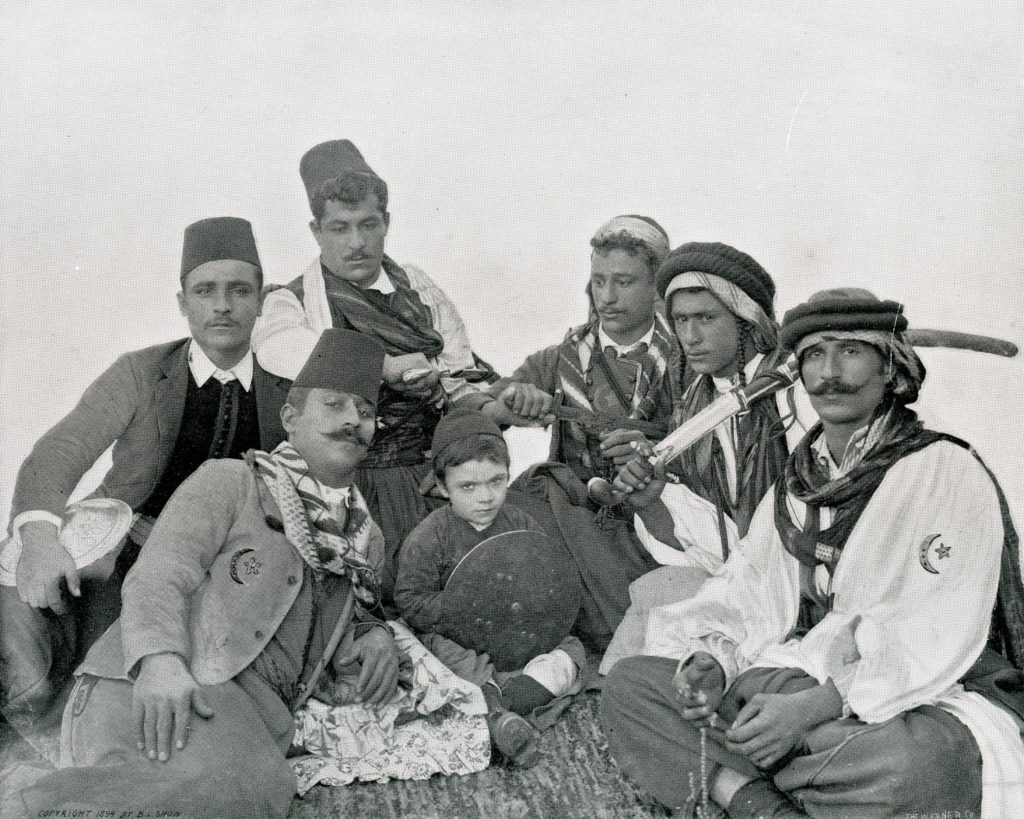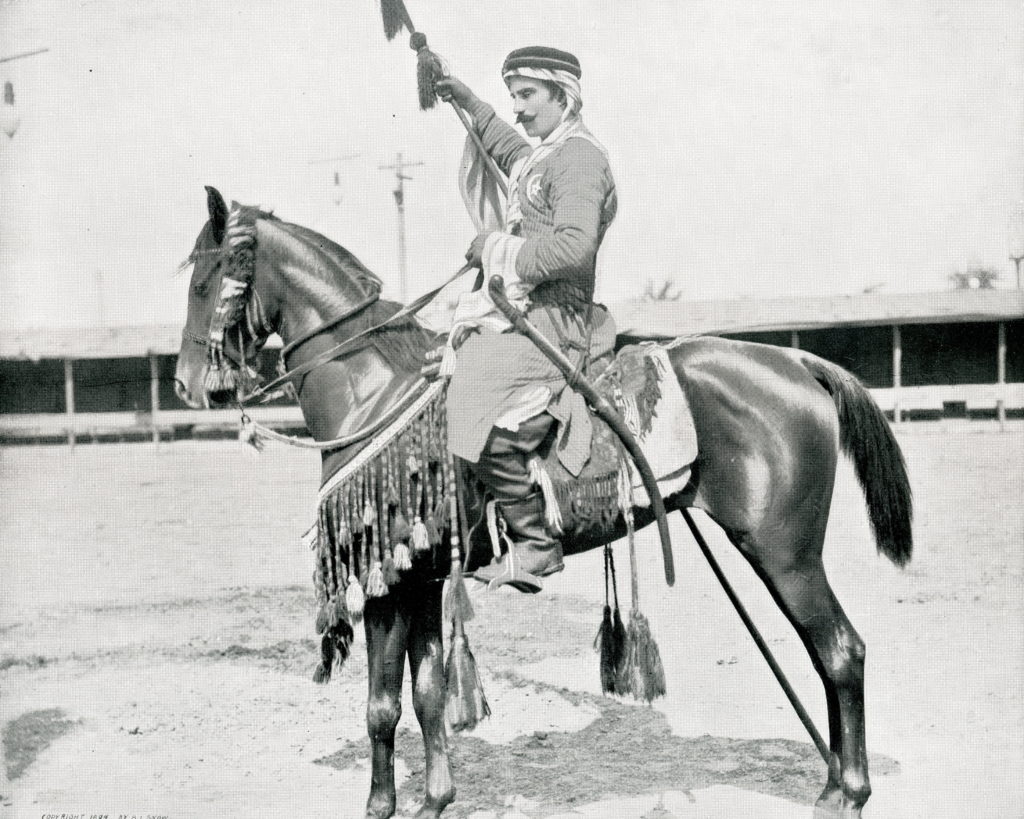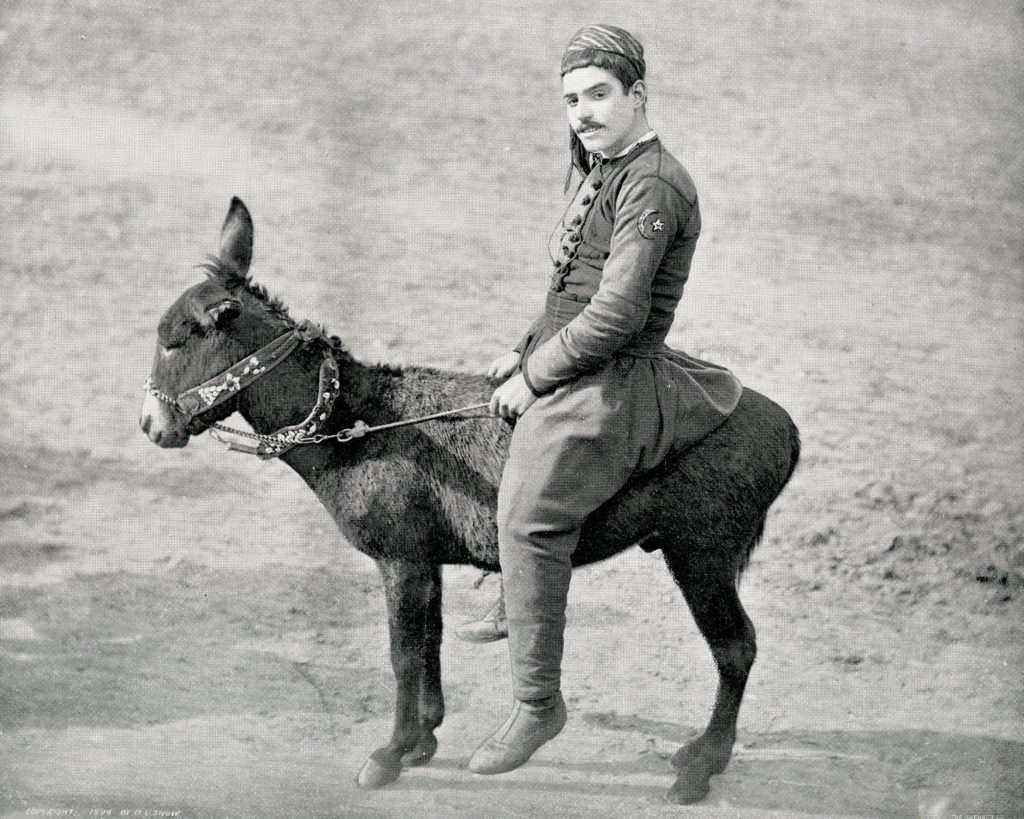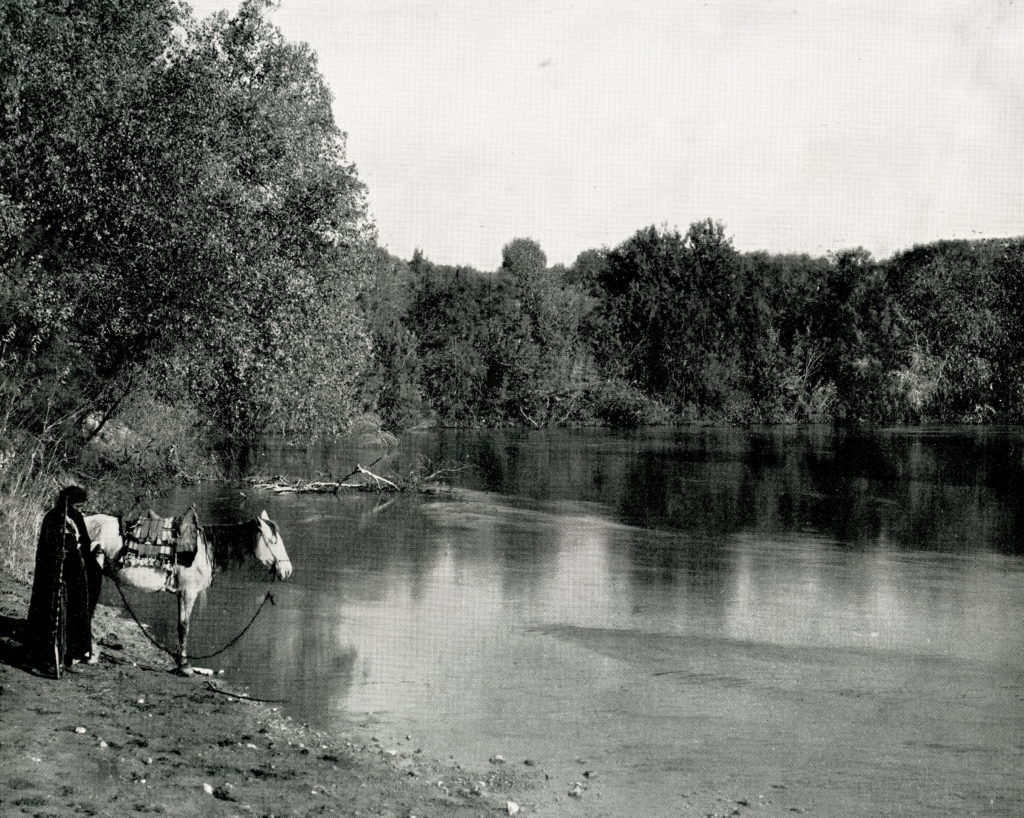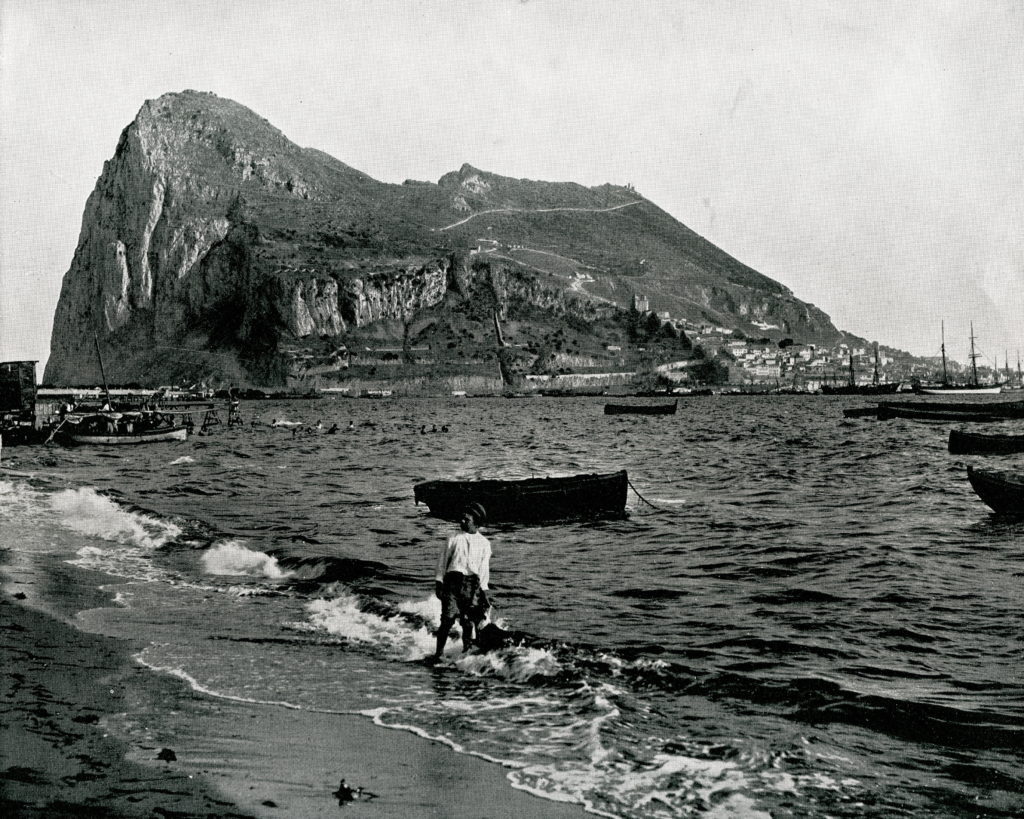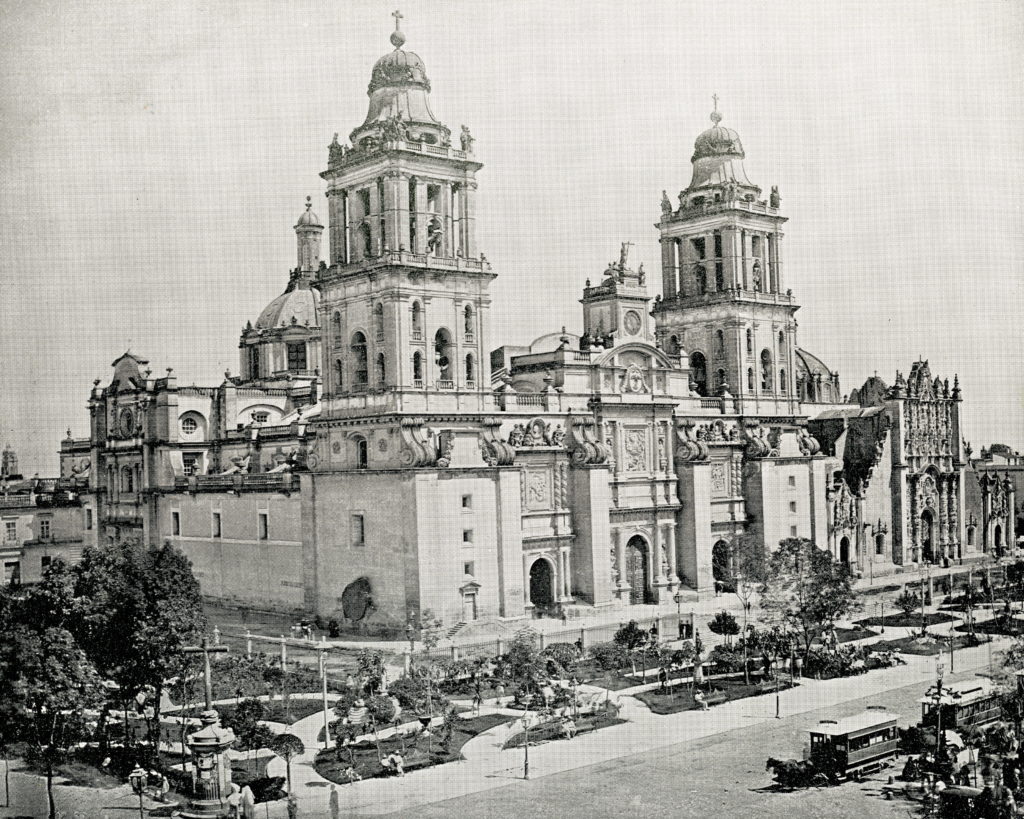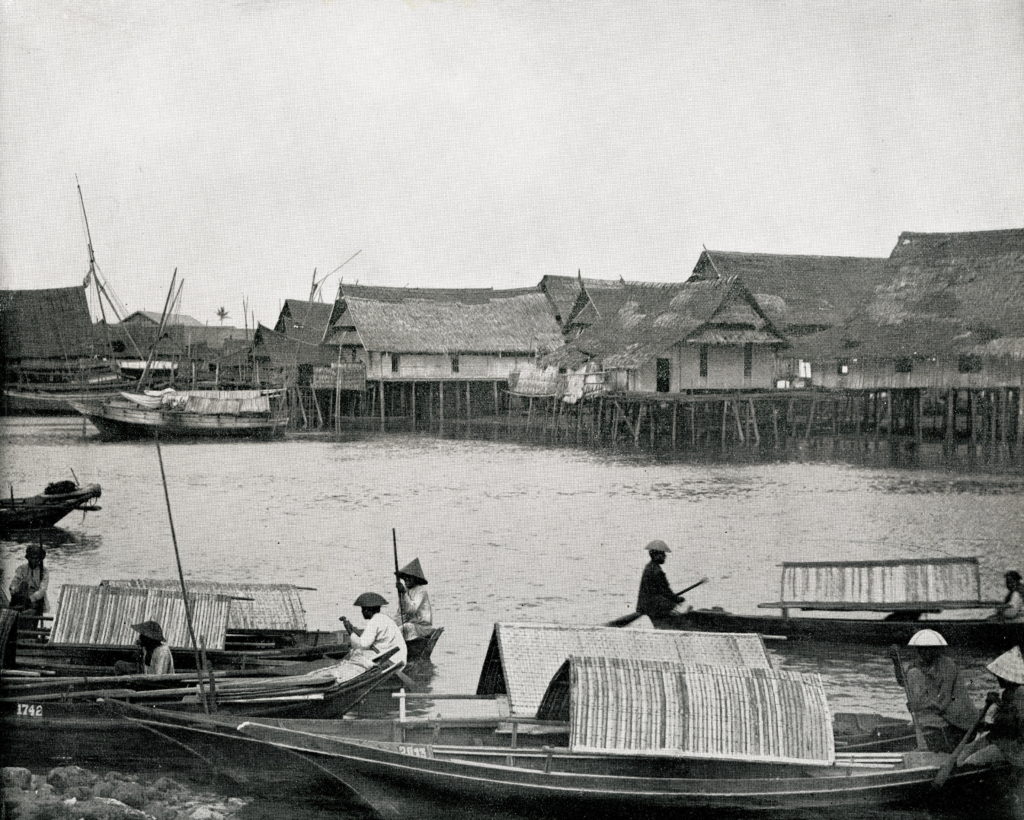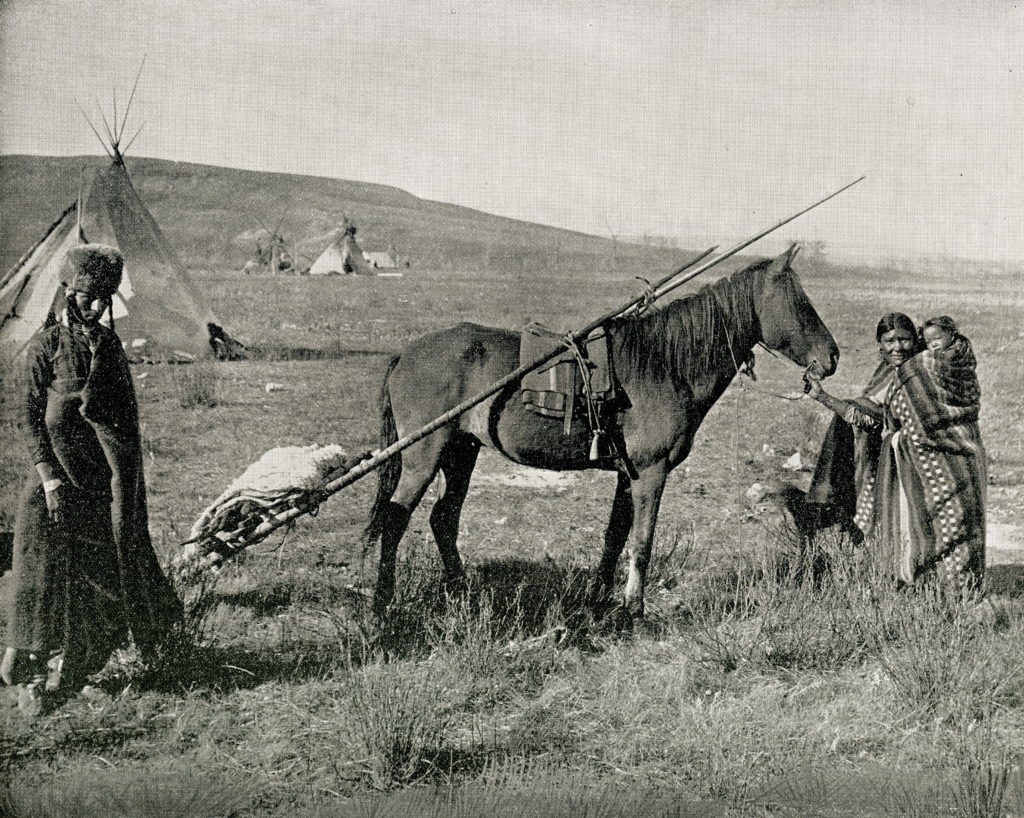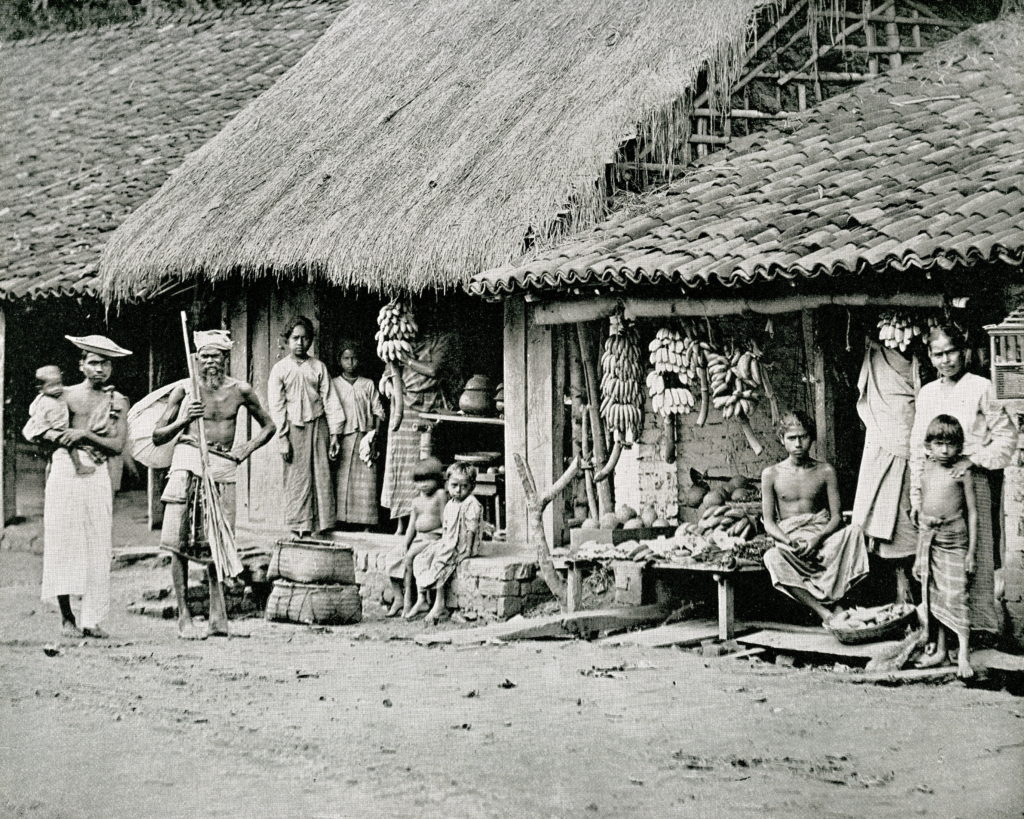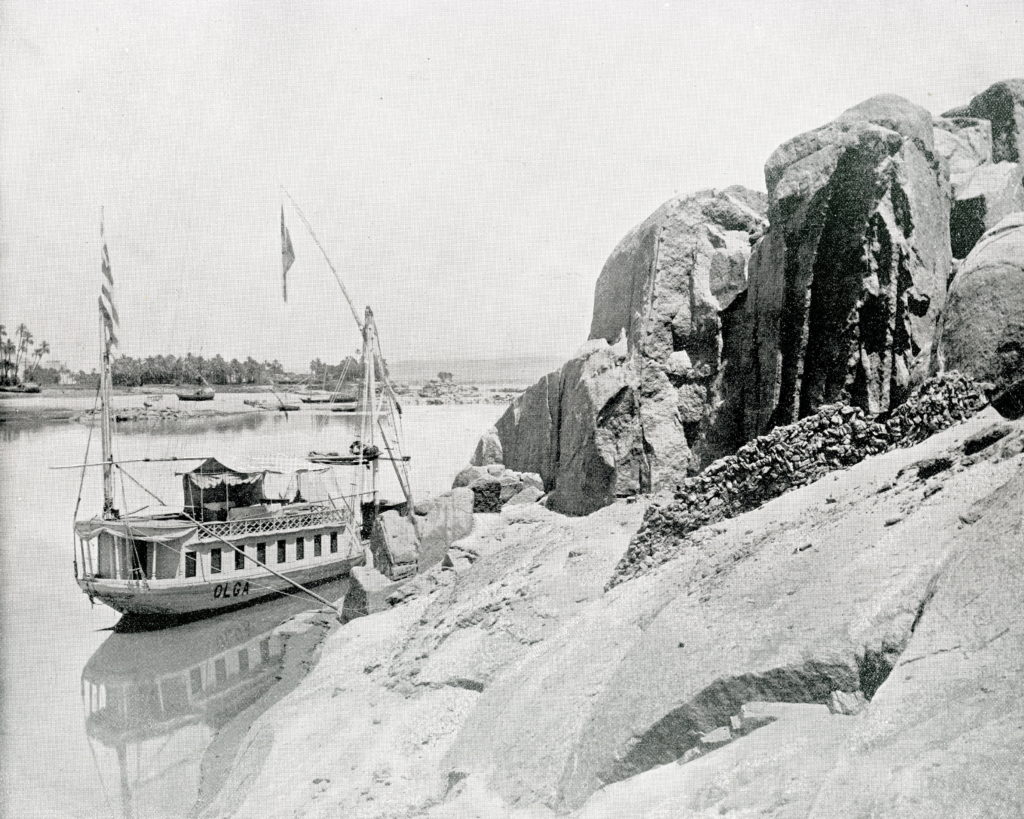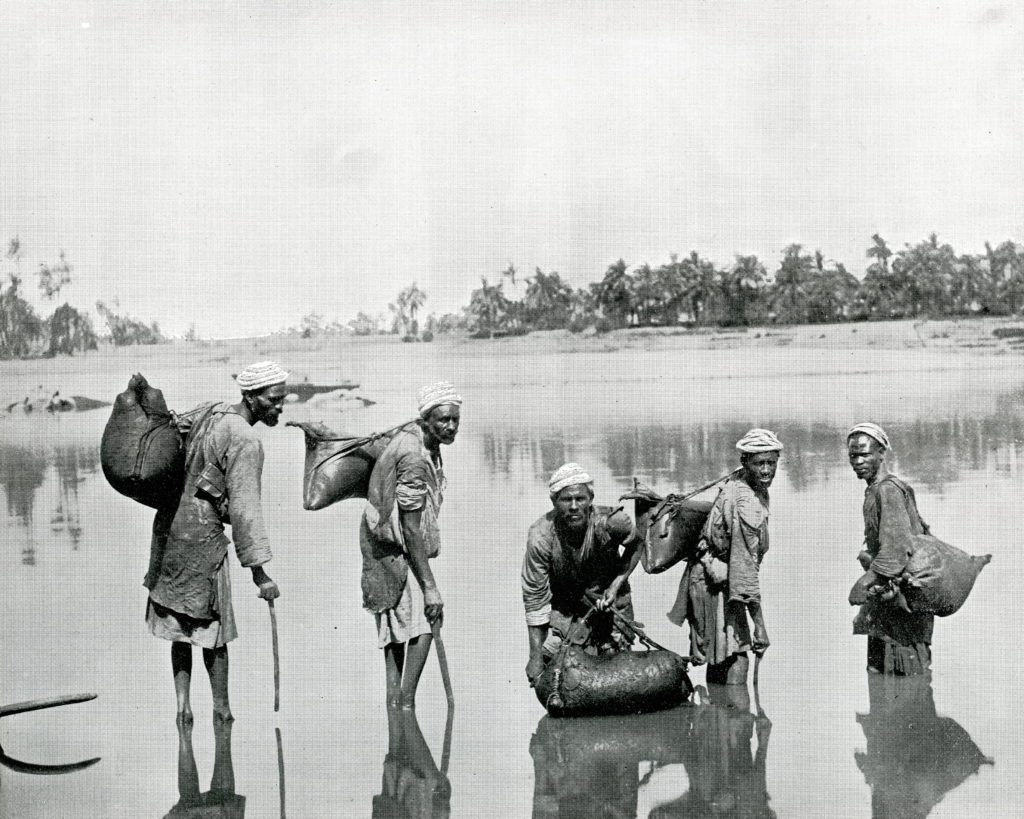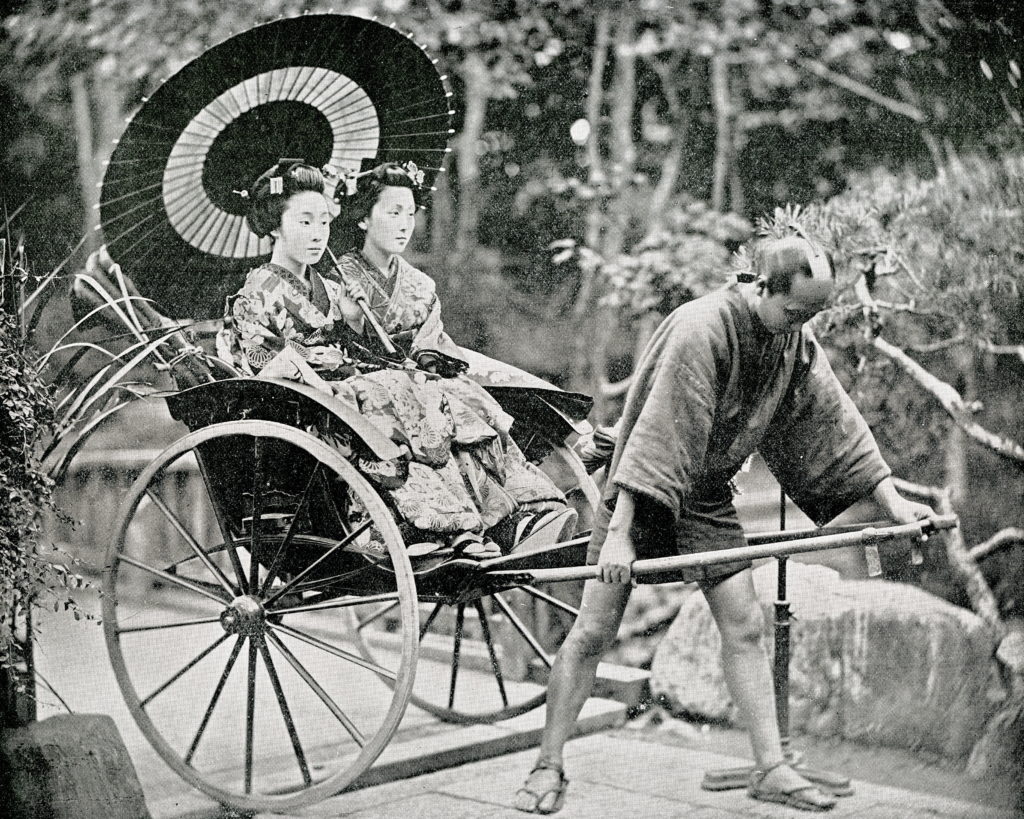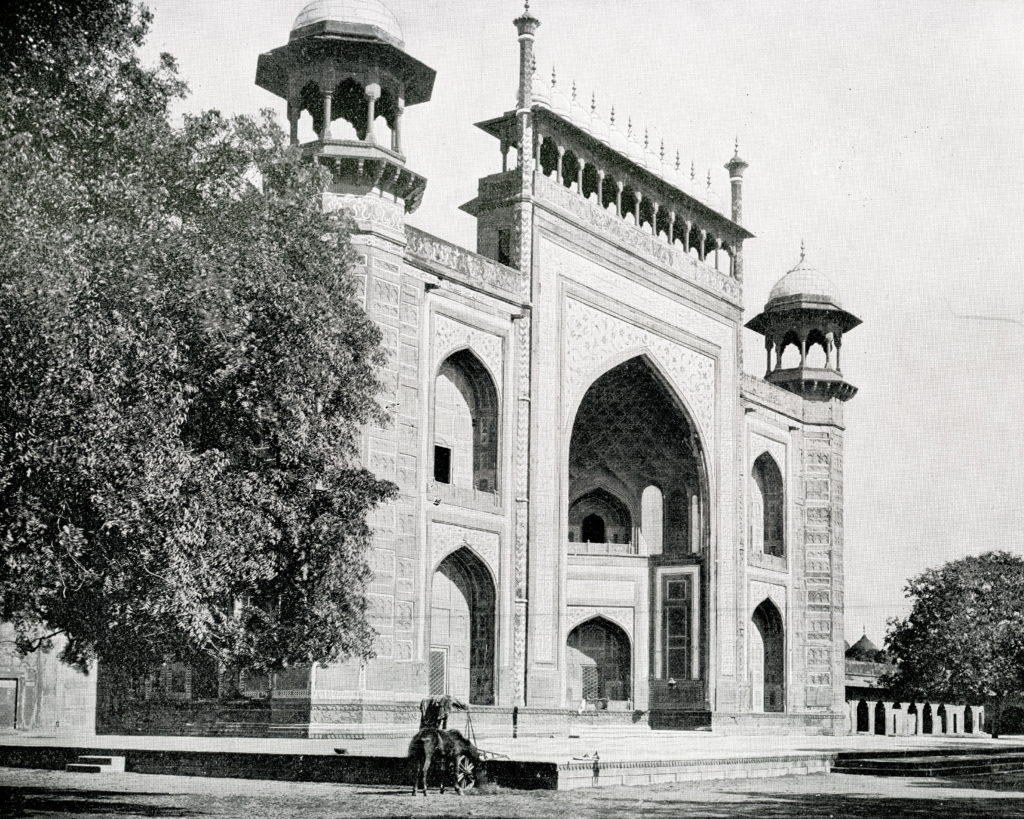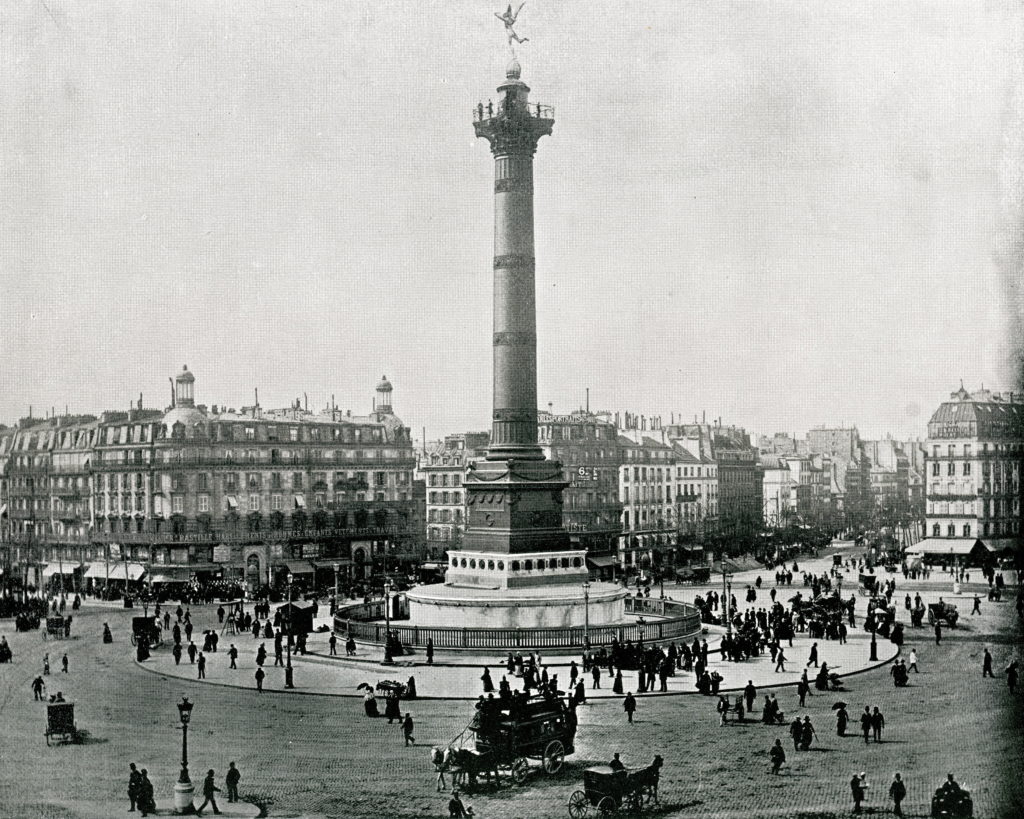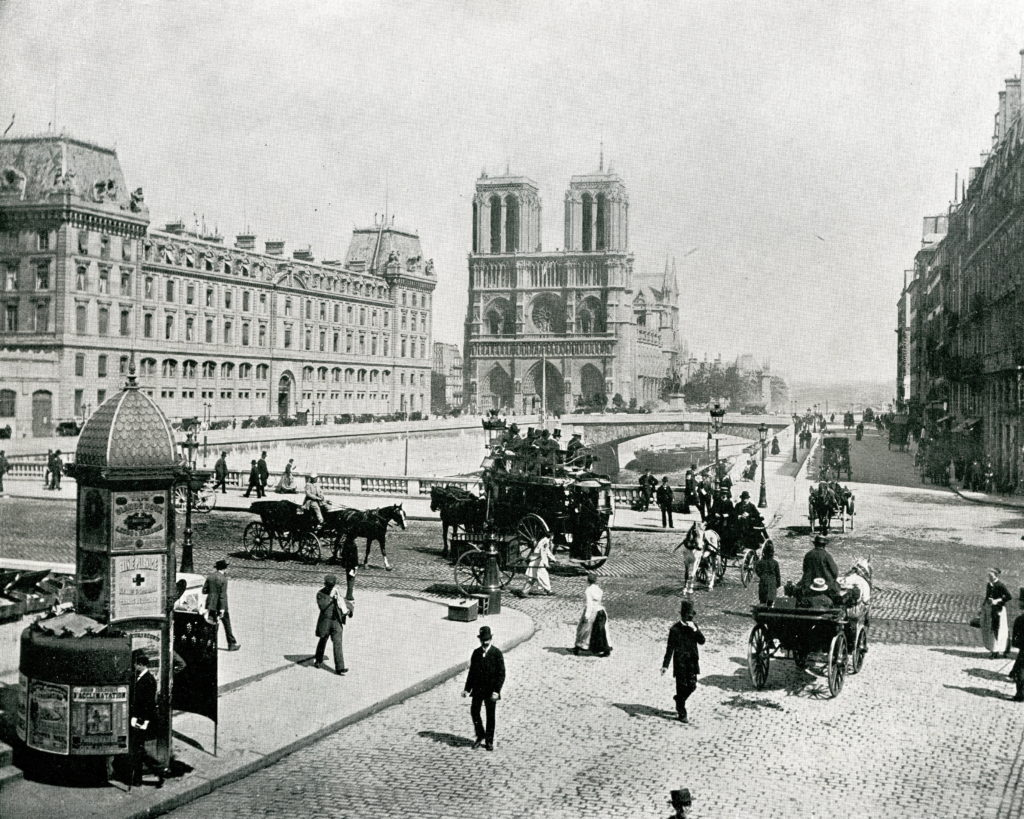Current Exhibit – The White City

Welcome
INERT PRESS is a FREE and INDEPENDENT online gallery dedicated to the preservation and EXHIBITION
of print illustrations from the century 1850 to 1950.
OUR INTENT is to showcase the remarkable skills of often unattributed artists, illustrators, printmakers,
and photographers who brought image to print.
EXHIBITS are presented twice a year beginning in January and July.

The White City
As an event to commemorate the 400th anniversary of Christopher Columbus’ discovery of the New World in 1492 a grand exposition was proposed to mark the occasion in the United States. Thus in the early 1890’s planning began for a World’s Fair that would become a point of origin for globalization in the Western Hemisphere. The World’s Columbian Exposition held in Chicago for six months in 1893 affirmed for the American public an awareness of a more expanded world view.
The development of telegraphy in 1844 allowed long distance communication via Morse Code. The steam engine permitted long distance travel by sea and rail. The invention of the telephone in 1876 permitted voice communication over great distances, and electricity was modernizing the world in ways that few could have imagined. The printing press expanded the readership of books, pamphlets, newspapers, and magazines. Exploration was opening new frontiers that were inhabited by cultures both exotic and curious. There was by 1892 an awareness of the world as a whole, and the Columbian Exposition was a showcase for global citizenry, technology, travel, and industrial advancement.
On June 29 1892 the United States president Benjamin Harrison proclaimed the importance and historic significance of Christopher Columbus’ discovery of the New World by establishing the first Columbus Day to be commemorated on October 21st 1892.
The World’s Columbian Exposition was dedicated on the first Columbus Day in Chicago 1892, but did not open to the public until May 1st 1893. The Exposition closed on October 30th 1893 after only six months. It was visited by over 27 million people, and 46 countries were represented.
The Exposition covered 690 acres of Jackson Park in Chicago on the South Shore of Lake Michigan. The layout, including green spaces and waterways was the design of Frederick Law Olmsted the renowned Beaux-Arts landscape architect. Buildings on the grounds of the Exposition were constructed in the neo-classical style with facades of white staff, thus giving it the nickname The White City.
The idea of displaying native persons in costume was not original to the Columbian Exposition. The idea was first realized at the Exposition Universelle in Paris four years earlier in 1889. The only difference being that the Paris exposition displayed exotic persons from only French colonies.
Portraits in the gallery below show exotic persons from far off lands in their traditional clothing on display in fabricated pavilions intended to represent their native land. It was a crude but instructive entry into a sanitized, more global, world view for the American public.
The Specimen
This specimen titled Photographs of the Worlds Fair is a large format souvenir from the Columbian Exposition published and copyrighted by The Werner Company in Chicago in 1894. It was sold by subscription although there is nothing to indicate it’s price or how it was sold.
It is printed in a large 11X14 inch format. It is hard bound and covered in thin embossed leather of the finest quality. The pages are bound on the left, and appear to be sewn into signatures by a mechanical means. Embossment on the cover is inked in gold and black . The edges of the book are gilded.
There are 12 introductory pages, and a 3 page index that gives title to the 351 illustrations. The pages are printed on a high rag content paper that is extremely smooth and acid free. The surface of the paper may have been enameled to achieve a luster and brilliance that is still evident after 130 years.
The printing is in black ink, with a limited spot color in red. The introductory pages and the index are printed on two sides. The 351 photographs are printed on one side only.

The Opening Pages
Click on these images to enlarge for easier reading.
The Exhibition
The 59 selected images found in the Gallery below include:
18 images of buildings and notable venues
20 vertical portraits
9 horizontal portraits
12 images of far off places

The Images
The images in this GALLERY EXHIBITION have been in the public domain for 128 years. They are unattributed, meaning that the photographers, engravers, and printers who produced the images are not named.
The photographs were taken using a large format camera and are uniformly 8X10 inches in size. Given the detail and contrast it is reasonable to assume that the negatives were produced on glass with a dry colloidal coating.
A fine dot pattern is in evidence primarily in the portraits. The dot pattern is not entirely geometric or uniform in size, but is more notable in the magnified view. These large format halftones were likely printed using a gravure process in letterpress.

The Scans
The scans are made at 600 dpi with 24 bit color which results in great detail in the magnified view. Scans were produced using the Epson Perfection V600 Photo Scanner. The scans were edited to achieve a uniform aspect ratio for display purposes but were not altered, enhanced, or manipulated in any way.
The Copyright
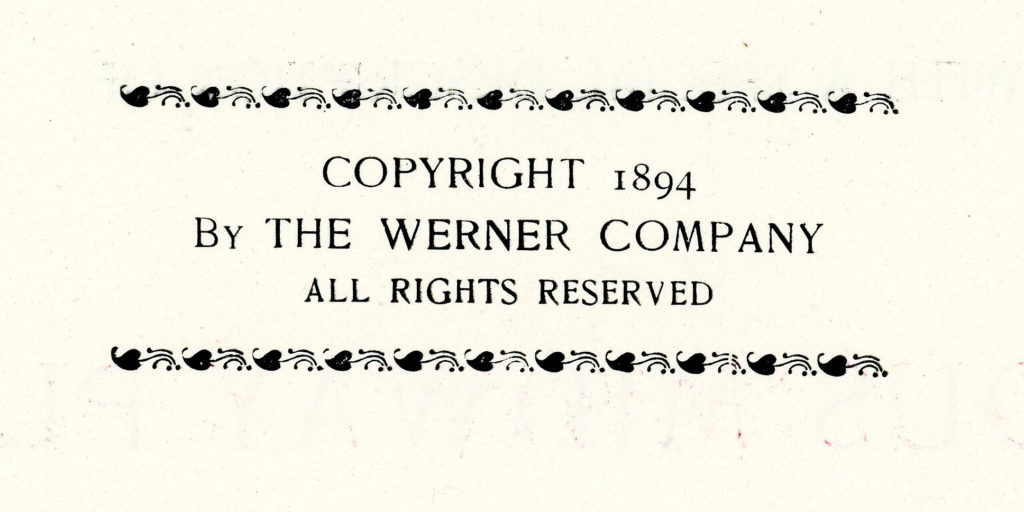
In exhibiting these images INERT PRESS respectfully attributes all rights to the photographers, printmakers, publisher, and copyright holder who made this book possible.
Make the most of the exhibit
Click on any image in the Gallery to open it’s media file to full size in another tab.
Click again within the new tab to reveal a magnified view with navigation.

The Gallery
The White City
Vertical Portraits
Horizontal Portraits
Far Off Places
Make the most of the exhibit
Click on any image in the Gallery to open it’s media file to full size in another tab.
Click again within the new tab to reveal a magnified view with navigation.



